|
A fascinating “old-school” phrase (bound not to resonate with younger generations) is found in the act of “mulling over” something. Merriam-Webster defines the verb mull: “to give serious and careful thought to,” or “to consider at length.” The word (mull) is often used in conjunction with “over” to form a phrasal verb. The combo boasts synonyms that include two other throwbacks that I love--ponder and deliberate. The origin of the expression is borrowed from something completely different—the actual grinding, or pulverizing, done by a mill (or like device) in reducing items like wheat to powder or small particles. The “mull” metaphor was extended in America in the late 19th century and applied to the act of “mental grinding.” If you didn’t know it already, I’m sure you will thank me for supplying you here with additional conversation fodder to share with friends if ever offered “mulled” cider. I recently came across an entertaining, and almost deadly, incident that graced the pages of local newspapers in early May of 1902. A 60-year old gentleman by the name of George H. Mull, Jr. was left to “ponder” the fact that he had nearly met his own demise at the hands of a renegade, young man named Homer S. Mohler. Amazingly, the former veteran of the American Civil War literally, and figuratively, “dodged a bullet” up on Braddock Heights—actually, several of them. This was certainly not the legendary “Shootout at the OK Corral,” as both men were lucky not to earn their “Tombstone” on that near fateful day. The Frederick News coverage of the colorful event added a few more details, along with the correct spelling of Mull’s name. The best part of the short article is a description of the near miss that could have permanently “felled” the elder participant. Homer Mohler was arrested and charged as the assailant and was given plenty of time to “mull over” his actions in the confines of a Frederick jail cell. The story got me pondering in all sort of directions. I immediately checked to see if George H. Mull, Jr. was in our cemetery as the name seemed familiar to me for a variety of reasons. Sure enough, he was here, and residing in Area D/Lot 62. I immediately took interest in Mull’s death date, which was October 20th, 1914. He had a “life bonus” of 12 years, five months and 19 days if you consider what could have occurred if Mohler’s bullet would have found its proper mark back on May 1st, 1902. Our cemetery records showed that George H. Mull, Jr. was born in Virginia on May 25th, 1842. At the time of his death, he was listed as a retired farmer. His obituary told me a little bit more: I still had some old, and new, questions regarding George H. Mull, but first wanted to see what became of the old Confederate’s young antagonist, Mr. Mohler. Homer Smith Mohler, born February 26th, 1886, surely lucked out that his rival was a “bad shot” back in May, 1902. Mohler lived to the age of 68 (nearly 52 and a-half years following the shootout). Homer S. Mohler’s father, Thomas J. Mohler, was a native of Ohio, and a respected farmer on Braddock Mountain, but died at age 54 in 1891. Homer was only five at the time of his father’s passing. His mother continued farming with the help of her eight children. Homer was still working here at the time of the incident with George Mull, Jr. I believe the Mohler farmstead was on the east side of the mountain because the family is still engaged in farming in the 1910 census, however their residence is claimed to be within the Tuscarora District with a post office of Adamstown. Soon after, Homer would relocate with his mother to Frederick City, taking up residence at 339 N. Market Street. In census records and city registers to follow, I found him employed in the capacity of farm laborer, clerk, and furniture repairman. Homer S. Mohler is buried with his family here in Mount Olivet’s Area U/Lot 64, just a few hundred yards away from the Mull family lot in Area E. More Veteran Ties Our cemetery records and the obituary for George H. Mull, Jr. tell us that he served with the Confederacy during the Civil War—not much of a surprise since he was a native of Virginia. Currently, we have a small committee of folks that have been working on identifying all the Civil War veterans buried here within the cemetery. This is a tall task because in addition to having over 40,000 interments, many veterans are buried in graves marked with “non-military-issue” monuments. That is to say that these are traditional monuments with no mention of military service. In these cases, you don’t know if someone was a veteran unless a flag is planted next to the grave. These veterans are easier to find on Memorial Day as the local American Legion Post 11 places flags each year. In early-mid April, one can find Confederate flags adorning graves of former soldiers in connect to Confederate Decoration Day. Just a few weeks ago, the Mull family plot featured two small Confederate flaglets waving in the breeze. The flags mark the graves of our featured subject George H. Jr., along with his younger brother, James M. Mull. Both men served in the Rebel Army. James M. Mull was born in 1844 and worked as a brush-maker. He died seven months prior to George in March, 1913. When I first made my way out to visit George’s grave, I saw an even more conspicuous site in this resting place of Confederate brothers. There was a Union flaglet proudly flying in the Mull lot! Now who was this? I was familiar with brother against brother confrontations during the “war between the states,” but I was curious to see how this individual was related. And that’s when it happened—I had a flashback to 2014, and the first time I had heard the name George Mull. At the time, I was working for the Tourism Council of Frederick County and was busy formulating plans for a commemoration of Francis Scott key and War of 1812 veterans at Mount Olivet. This would be held in September, 2014 on the anniversary of the Battle of Fort McHenry—the event that led Francis Scott Key to write “The Star-Spangled Banner.” We had the assistance of our local SAR(Sons of the American Revolution) and DAR (Daughters of the American Revolution) chapters in identifying and researching 1812 veterans in the cemetery. A prominent 1812 historian told had told me a few years prior that Mount Olivet had the second highest concentration of veterans of this conflict behind Greenmount Cemetery in Baltimore. This prompted me to write/submit a grant proposal to the Maryland War of 1812 Bicentennial Commission. Our effort was successful in receiving funding to fabricate/place special granite/bronze markers on the graves of these 108 individuals that served in the war. One of these was George Mull Stephens. I walked over and looked at the special marker we had placed back in 2014 as part of our “Home of the Brave” commemoration project. A piece of pvc piping was also installed to be a permanent holder for a small flag. It was a 15-star flaglet, reflecting the same amount of stars “the Star-Spangled Banner” possessed back in 1814. For the first time, I now took time to carefully study the original military-issue grave marker that sat a few yards behind our project plaque/flag. I tried hard to determine the relationship to the Mulls. I was a bit perplexed as I “mulled over” the situation. I could see the name Mull used as a middle name for a future generation (ie: child of a female Mull family member), but not by an earlier male relative who lived at the time of the War of 1812. Besides, I had seen in our database that George and James’ father (George H. Mull, Sr.) would be similar in age and supposedly buried here in the lot. However, I couldn’t find his grave. George Mull Stephens? Who was this George Mull Stephens fellow, and where was George H. Mull, Sr.? I went back to my office and studied the cemetery lot card for Area D/Lot 62 and saw that George H. Mull is recorded as being buried in the plot, but wasn’t labeled within a specific grave space. Through a bit of Ancestry.com research, I found that George H. Mull, Sr. was born in 1792 and died in 1865 as our cemetery records showed. His wife was a Mary Filler (or Philler) who died in 1888. Even though we had an interment card for Mary, this lot card just showed a Mrs. Mull who died in 1888, and labeled to be in space 5 with a noticeable “?” in front of her name. Meanwhile, the card showed Mr. Stephens in the grave space I had visited, but there were no birth or death dates for this gentleman. 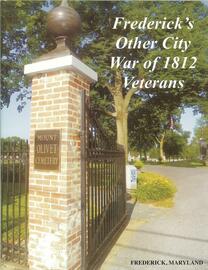 I next went to our 2014 publication entitled Frederick’s Other City: War of 1812 Veterans in which we compiled bios for each of our 108 veterans. This was made possible by the valuable research efforts of the aforementioned SAR and DAR groups, with particular expertise shared by cemetery superintendent Ron Pearcey and historian Larry Bishop. I flipped to the page featuring George Mull Stephens in hopes to see how he fit into the Mull family. Things got murkier in a hurry. The book write-up mirrored the special commemorative plaque at the gravesite by offering nothing. An explanation was given that definitive information on George Mull Stephens could not be verified. A couple of educated guesses simply pointed to the possibility of this being a veteran named George M. Stephens who can be found in early census records of Spotsylvania and Orange counties of Virginia. The passage also shared that military databases only showed a George Stephens, but not much more. At the bottom of the page, a plea was made by the authors for readers to kindly contact the cemetery should they have any information regarding George Mull Stephens. 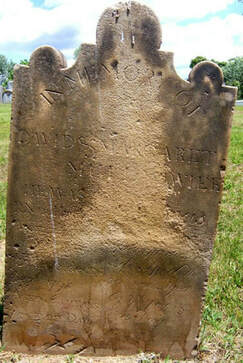 Tombstone of Johann David Mull (1731-1794) in St. James Reformed Cemetery (Lovettesville, VA) Tombstone of Johann David Mull (1731-1794) in St. James Reformed Cemetery (Lovettesville, VA) To complicate matters, I could not find an obituary for George H. Mull, Sr. I searched Ancestry.com and looked at related family trees in an attempt to glean more on this family. I found that George Sr. was born and raised in Lovettsville, Loudoun County (VA) just across the Potomac River from Brunswick. He was the third of seven children born to Johann David Mull II (1749-1816) and his wife Magdalene. George’s grandfather was Johann David Mull (or Muhle) born May 5th, 1731 in Hamburg, Germany. He came to America as an indentured servant at the age of nine. Originally landing in Philadelphia, he would wind up in Lancaster where he married Eva Margaret Boothe. At the age of 26, David Mull re-located to Lovettesville in the year 1757. Eighteen years later, he bought land at the foot of Short Hill Mountain that was bracketed by two branches of Dutchman's Creek. I also saw that the Mull family were leading members of the population’s German Reformed congregation, one that had distinct ties to Frederick’s German Reformed congregation. Gravestones for George Mull, Sr.’s father and grandfather still exist in Lovettsville. Johann David Mull (the immigrant) had five children, some of which headed west to live in what would become Indiana. One such was George Washington Mull—namesake for the three “Georges” that I had on my research plate. 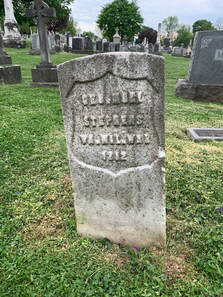 Our interment book shows a grave dug and burial performed for George H. Mull, Sr. on May 16th, but why no stone? So I went back to the plot with plenty of notes and a few maps/diagrams in hand. I started with a re-examination of the Stephens gravestone and then saw something reminiscent of a Highlights magazine “Hidden Pictures” puzzles from my childhood. I slowly began “mentally grinding” the possibility of George Mull Stephens and George H. Mull, Sr. being the same individual. The math seemed to work, but it would be my stronger skillset related to language arts that would push me over the threshold. The gravestone’s line rows were perhaps misinterpreted. The four lines read: GEO. MULL STEPHENS VA. MIL. WAR 1812 I had no beef with George Mull on the top row, but perhaps the stone carver got careless in his spacing choices to follow. I had surmised earlier that maybe George had a connection to Stephens, VA (aka Stevens City)? Is this where his military outfit hailed? I did a little research and found this to be a remote possibility, and knew the obvious link between VA (Virginia) and MIL (Militia). Could there have been a Stephens Virginia Militia unit? But what the heck—Why didn’t the stone carver place WAR and 1812 on the same row together? Back in the office, I explained the situation to Superintendent Pearcey—talk about a “mull” in the conversation! We pulled out every record on these folks we could possibly find. We both came to the conclusion that there was no George Mull Stephens, and somebody had erred decades ago when the lot cards were created nearly 60 years ago. On top of that, we continued the misinformation five years ago by producing a plaque for a veteran of the War of 1812 named George Mull Stephens. Instead, he was simply George H. Mull, Sr. This gave us the impetus to research a new name for the veteran-George H. Mull. Bingo! We found all kinds of information ranging from his marriage license to pension papers. Best of all, we found that George H. Mull served as a private under a Capt. John B. Stephens of the Virginia Militia. So now we know where the Stephens came from: GEO. MULL STEPHENS VA. MIL. WAR 1812 Not only had we discovered, and fixed, an age-old clerical error, but our research gave us more information about this interestingly named family with connections to early German immigration, the Civil War, War of 1812, and the “shooting affray” atop Braddock Heights in May, 1902. 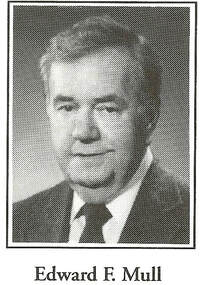 An old Friend All the while, I continued to wonder about a personal connection I once had with the first (and seemingly only) person I had ever known possessing the name Mull. His name was Edward F. Mull and I would be introduced to him on one of my first days in the employ of Frederick Cablevision back in November, 1989. Ed Mull, or Mr. Mull as my video production colleagues knew him, was best described as a veteran advertising executive and a kind and gentle-man. He had already worked for our sister company, the Frederick News-Post for half a century. His wife, Martha, had died three years earlier, and one could sense the impact of the loss as he regularly spoke of her in glowing terms. Nowadays, Ed was spending his twilight years holed up in a back corridor office in our former W. Patrick Street headquarters of the cable company and corporate headquarters of the Great Southern Printing and Manufacturing Company. My first night was spent in covering a local election from our studio. Mr. Mull stayed late to watch some of our live cablecast. A few weeks later, my boss asked if I could stop by Mr. Mull’s home on Wilson Place in order to shovel off his walk and driveway on a snowy December morning. The 70-year-old widower had no children and lived alone. Friends and co-workers assisted whenever they could. As for me, his residence was on the way, so I gladly took the assignment. Once complete, Mr. Mull insisted on paying me for the gesture, which I vehemently rejected. Little did he know, that he would repay me over and over in the years to follow and I got to know the man better through work tenure. After years spent in the old trolley barn home of the News-Post, Mr. Mull found himself surrounded by a youthful, and I’m sure disruptive, crew of audio-video professionals. He marveled as we busily created local television commercials and locally-originated television programming for what would become Cable Channel 10, boasting public affairs, sports and entertainment offerings. I, of course, did my best to make sure we gave our Frederick County viewers some history as well. Born in 1919, Ed Mull had seen tremendous changes in media, advertising and communications technology over his lifetime. He started his storied advertising career in 1940 with the Baltimore News-Post. He married in 1949 and became Advertising Manager of the Frederick News-Post in 1954. At this time, Mr. Mull was responsible for organizing the first advertising agency in Frederick history—a feat that was duly remembered and honored some four decades later in 1994 by the Greater Frederick Advertising Federation. He was promoted Marketing Director for the News-Post in 1985. Mr. Mull regularly offered our department advertising and marketing advice, and occasionally some good jokes that were just as comical as the day they were first heard by him. Best of all, he provided me (a 22-year-old) with a better understanding and context of the Frederick of past eras. He told me plenty of stories about the newspaper business, former residents and pivotal events. Ed Mull retired in 1996 and died a few years later on November 21, 1999, shortly after I celebrated my tenth anniversary with the cable company. He is buried on Area FF/Lot 233 with his wife Martha and mother Garsie Jane Hoff Mull. Interestingly, his father is buried elsewhere in our cemetery. George Mortimer Mull (1875-1950) can be found in Area E’s Lot 62. He worked as a coremaker at a local foundry and was the son of the aforementioned James M. Mull and wife, Catherine Whipp. This would make George Mortimer the nephew of George H. Mull, Jr., who cheated death at the hands of Homer Smith Mohler. My colleague’s (Mr. Ed Mull) great-grandfather was George H. Mull, Sr., the War of 1812 private who served under Capt. John B. Stephens. Sadly, Ed's siblings predeceased him, and he had no children of his own. His obituary mentions the fact that he was the last of his immediate family. I think you can see by this odyssey alone—there can be incredible discovery and reward when one takes the time to “mull over” history.
0 Comments
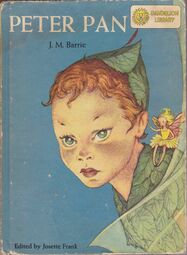 Peter Pan is a fictional character created by Scottish novelist J. M. Barrie. He is a free-spirited and mischievous young boy who can fly and never grows up. Peter Pan spends his never-ending childhood having adventures on the mythical island of Neverland as the leader of the Lost Boys, interacting with fairies, pirates, mermaids and Indians, and occasionally ordinary children from the world outside Neverland. Peter Pan has become a cultural icon symbolizing youthful innocence and escapism. In addition to two distinct works by Barrie, the character has been featured in a variety of media and merchandise, both adapting and expanding on Barrie's works. Here in Frederick, longtime residents think of more than just a cartoon figure immortalized in a Disney film when they hear the name of Peter Pan. It also conjures up memories of one of the most unique, and ornate, restaurants ever to have operated in our fair county—the Peter Pan Inn. This magnificent eatery was located in Urbana, and served patrons for sixty years between 1926 and 1986. 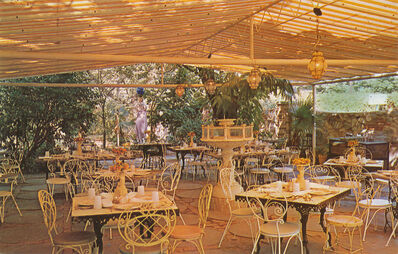 I was quite fortunate to have eaten there in my youth—a time when Urbana was a sleepy little crossroads, and nothing like it’s moniker of “Urbana” suggests. I recall a few meals in my childhood in the 1970’s. Two things from my memory seem very ironic to me now as they somewhat colorfully depict the innocence of childhood as personified by the character of Peter Pan. My brothers and I were regularly chastised by our parents for attempting to spin the “Lazy Susan embellished relish tray that adorned the table during the appetizer phase of the meal. Secondly, we also got into trouble by pumping the sewing machine pedal beneath the table. At least in one dining room, the restaurant used vintage sewing machine stations as dining tables, likely surplus from a turn of the century sewing factory. The large pedal (when pumped) almost seemed to make the table come alive… to the chagrin of my parents. The Peter Pan Inn was like a step out of time and into Neverland, itself. It is hard to describe, but this was a strange state of eclecticism that comprised a gaudy merging of elements ranging from ancient civilization to the Victorian age to mid 20th century Miami Beach. There was tropical plant-life everywhere, and actual peacocks strutting about. Like the character of the same name, this restaurant seemed like a Disney-themed restaurant one could find in Orlando, Florida of today. 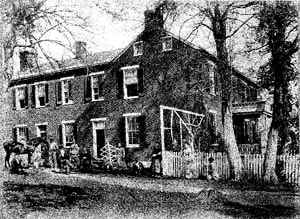 The mastermind of this establishment is buried here in Mount Olivet. His grave marker is the complete opposite of his restaurant, being a plain, modest, low-lying rectangular marker. Perhaps this absence of ostentation in death is a result of his maternal ancestry, going back to the frugal Brunner family who gave us the Schifferstadt house, the oldest in the City of Frederick. Speaking of maternal lines, it was actually Richard’s mother who can be credited with starting the Peter Pan Inn. Back in 1926, Grace (Brunner) Baumgardner, along with husband William, purchased an old property in Urbana. This was the former Dixon house, originally built by a gentleman named Thomas Dixon in 1855. Dixon’s wife, Lucy Ann Rine, was the daughter of John Rine, Sr. who ran the Dutch Rine Tavern at this location between 1800 up through his death in 1849. Prior to this, the former structure on this property was known as the Medtart Tavern which served travelers since the late 1700's. Much like the nearby Landon House, the Dixon’s establishment was a regular stop-off and camping place for armies traversing the old Georgetown Pike that passed their door. The home was sold out of the family in the late 19th century and wound up in the hands of the Baumgardners at a cost of $10,000. Grace Baumgardner could accommodate 30 diners at a time in her eatery. She proudly served family-style dinners featuring such menu items as fried chicken, corn fritters and pickle relish. This restaurant, operated out of the Baumgardner’s home, was certainly a “farm to table” experience as the chickens and vegetables were raised in the family’s backyard. “Hot-Cha” Grace’s son, Richard Brunner Baumgardner, was born on April 19th, 1908. His childhood home was a boarding house located at 238 N. Market Street in Frederick. Richard's grandparents ran the house before turning the reigns over to their daughter (Grace) to manage. Meanwhile, Richard's father had a career as a junk dealer. Both parents professions would greatly aid Richard in the distant future. 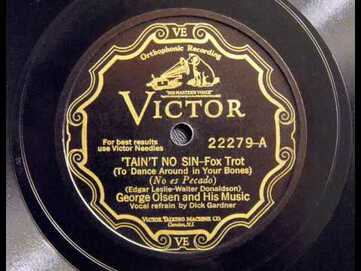 “Hot-Cha” Richard Baumgardner attended Frederick High School. After graduation from college, he joined his mother in operating the Peter Pan Inn. An aspiring musician and vocalist, Richard began making a name for himself and eventually aspired fame as a radio host and orchestra leader. He can be found singing on a song released in 1929 on Victor Records and entitled "Tain’t No Sin (To Dance Around In Your Bones).” (Click to listen) This old ditty was a staple hit during the “fox trot” dance craze of the time, and is credited to the George Olsen Music Orchestra. Richard provides the “vocal refrain” under the moniker of Dick Gardner. He also somehow picked up the nickname of “Hot Cha” along the way. Baumgardner was a vaudeville performer who would make appearances on Jack Benny’s radio shows in the early 1930’s. He is said to have sung on Mr. Benny’s very first program, and continued to be a regular on NBC radio shows throughout the decade. He performed with big bands in New York City and Washington DC, and also played saxophone and clarinet in pit bands of Broadway shows. As for that nickname, I learned that “Hot Cha” was the name of a wooden horse in a Parker Brothers board game of the 1920’s called “Derby Days.” Well, with his new-found success and moderate stardom, Dick Gardner would convince his mother to allow him to open up the aptly named “Hot Cha Club” at the Peter Pan Inn. This “art-deco” nightclub would entice additional clientele to travel “up the road” from the Nation’s capital. It also gave Dick an opportunity to conduct his orchestra from the confines of a specially constructed bandstand while Mom brought “dining serenity” with her own recipes. He regularly performed here and across the country with his orchestra and wife, New York actress Josephine Larkin. Richard’s father, William Baumgardner, died in 1937. He would now be called on to support his mother in the business endeavor, while slowly weaning himself from his music aspirations. During World War II, Richard would serve in Diplomatic and Special Services branches of the US Army. He returned to music by playing in military bands. After the war, he came back to his work as a restauranteur, but his responsibilities would soon be heightened with the death of his mother in 1947. Grace, like her late husband William, was buried in Mount Olivet’s Area A/Lot 42. This lot adjoins that of Grace’s parents George Henry Brunner (1842-1924) and Frances M. (Baker) and a few siblings. Author Terry Lynn Grimes wrote a wonderful piece on the Peter Pan Inn for her Local Voices series appearing in the Urbana Town Courier back in October, 2011. She describes, in vivid detail, the personal touches added by Richard, now in sole control of the family business: “When Grace Baumgardner died, Richard took over the Peter Pan Inn, added several additions, and incorporated an elaborate and eclectic décor in an “Old World” style throughout the Inn. He adorned the entire site inside and out with cherubs and statues, high mirrors, and ornate antiques, all of which he personally collected while on travel. There were several dining rooms, including the Peacock and Garden rooms. In the Dolphin Lounge were pillars with dolphins at each end that resembled Orson Welles. Come to find out, they used to be in Orson Welles home in Hollywood; he had the dolphins faces designed to look like him. This was definitely the hot spot in its day; people came from far and wide to eat here. On the weekend, there was usually a two-hour wait to be seated. Folks didn’t seem to mind the wait so much because they could be entertained by sipping Planter’s Punch while strolling around the flower gardens among the peacocks, relaxing on the patio, or just taking in all the unique forms of art that could be found all throughout the Inn.” Baumgardner had styled his makeover of his mom’s eatery after the famed Knott’s Berry Farm in California. In a later interview, when asked why he made his restaurant so gaudy and ornate, he exclaimed “I just can’t put up plain wall.” As if the restaurant business isn't demanding enough, Richard decided to throw his hat in the political ring by running for state office in 1950. He would win election for a seat in Maryland's House of Delegates and served on the Maryland General Assembly. A staggering stat that survives is that 3,100 people were served dinner on Mother’s Day of 1961. The restaurant was making $100,000/year….a great amount for the time, and location. I guess you could say that Richard Baumgardner played a major role in “urbanizing” Urbana—at least in a first incarnation of heightened growth—and keep in mind, this was 70 years ago! The Kapok Tree Inn Diners felt like they were visiting Florida, both literally and figuratively. Meanwhile, Mr. Baumgardner was progressive enough to bring Maryland to Florida through his mother’s home grown recipes from the Old Line state. In 1957, he (and business partner Jim Jones) built a sister-restaurant (to the Peter Pan) in Clearwater, Florida. Baumgardner was a Florida visionary pre-dating even Walt Disney, as his Kapok Tree Inn became an instant hit with locals and snowbirds alike. He utilized the same gaudy design in which he so proudly concocted in Urbana, employing artwork and antiques personally collected from his worldly travels. Originally consisting of 200 seats, Richard’s new “Sunshine State” offering would eventually seat 1,600 and feed as many as 8,000/day. The operation would grow to house eight dining rooms, three cocktail lounges and two gift shops. The building exceeded 170,000 square feet, and the parking lot could hold 1,000 cars and buses. Over the next 15 years, Richard would operate an additional restaurant in Clearwater called Baumgardner’s, while extending the Kapok Tree Inn brand to Madiera Beach, Fort Lauderdale and Davie, FL. He was soon bringing in over a million dollars a year. Richard Baumgardner would be joined by his sons Richard and William in running the Kapok Tree Inn Corporation, a company that became a publicly traded commodity in 1971. For the next few years, business continued to boom with Richard serving as Chairman of the Board. He continued to expand with a new Kapok Tree Inn opening in Davie, FL and plans for yet another location planned for Daytona Beach. The Davie Kapok Tree Inn featured a wedding chapel and three outdoor gazebos that hosted several nuptial ceremonies throughout its time. Scenes from the movie Scarface (starring Al Pacino) were filmed on site here as well. A restaurant reviewer once wrote that the Davie Kapok Tree, with five dining rooms and seating for 1,300 was “really more of a happening than a restaurant.” Guests could dine in the Aviary Room, with gilded bird cages filled with stuffed birds; or they could sip cocktails in the Art Gallery Lounge surrounded by European-style paintings. Tapestries hung from the walls of the Rajah Boutique, a gift shop straight from Baghdad. Richard Baumgardner would be joined by his sons Richard and William in running the Kapok Tree Inn Corporation, a company that became a publicly traded commodity in 1971. For the next few years, business continued to boom with Richard serving as Chairman of the Board. He continued to expand with a new Kapok Tree Inn opening in Davie, FL and plans for yet another location planned for Daytona Beach. The Davie Kapok Tree Inn featured a wedding chapel and three outdoor gazebos that hosted several nuptial ceremonies throughout its time. Scenes from the movie Scarface (starring Al Pacino) were filmed on site here as well. A restaurant reviewer once wrote that the Davie Kapok Tree, with five dining rooms and seating for 1,300 was “really more of a happening than a restaurant.” Guests could dine in the Aviary Room, with gilded bird cages filled with stuffed birds; or they could sip cocktails in the Art Gallery Lounge surrounded by European-style paintings. Tapestries hung from the walls of the Rajah Boutique, a gift shop straight from Baghdad. Richard Baumgardner lived life to its fullest. He was community-minded both in Maryland and Florida. He took up residence in Pinellas County, where, in 1973, he was named Restaurateur of the Year by the Pinellas County Restaurant Association. Richard was involved in several local civic and service organizations. On the homefront, he had married two more times after Josephine Larkin, second to Ethel Grace Lick, and third to June E. Miller who had previously worked as a waitress at his Kapok Tree Inn in Clearwater. On October 16th, 1976, Richard was attending a meeting at his Fort Lauderdale Kapok Tree location. Here, he suffered a heart attack which would prove fatal. Baumgardner was only 68, and far younger at heart and in spirit. His mortal remains would be brought back home to Frederick County, and he was buried by his mother’s side nine days later in Mount Olivet. 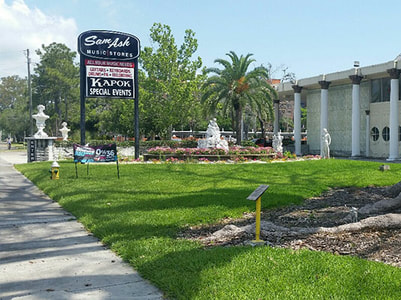 At the time of his death, The Kapok Tree Inn had been named as “One of the Top 100 Restaurants in America.” June Baumgardner took over as CEO in her late husband’s place. Sadly the restaurants of Richard Baumgardner became a casualty of corporate culture, litigation between family members, management changes and the economic slide of the nation in the late 1970’s. “Hot Cha” Baumgardner was not there in the form of Tinker Bell to help guide the amazing business model he had created, all having roots in Urbana, MD. One can still visit the location of the original Kapok Tree Inn in Clearwater, as many of the decorative elements survive in the restaurant’s adaptive reuse as the Sam Ash Music Store. Richard’s name is still remembered in Clearwater 40+ years after his death, as his company had given 38 acres of land to the City of Clearwater in 1977 to build a performing arts center in “Hot Cha’s” memory. It is known as the Richard B. Baumgardner Center for the Performing Arts and annually welcomes some of the biggest and brightest stars in music, along with touring stage productions.  Photo by Debra Lynch showing all that remains of the once mighty Peter Pan Inn Photo by Debra Lynch showing all that remains of the once mighty Peter Pan Inn A few years after the original Peter Pan Inn closed its doors in 1986, a new business named The Cracked Claw appeared in 1989 at the location. This was a seafood restaurant owned by the Poole family. Four years into their ownership, the former site of Baumgardner’s Peter Pan Inn offered a tremendous “Hook,” so to speak. This was gambling—in the form of Off Track Betting which had recently been legalized in Maryland. This seafood eatery and Maryland’s first OTB parlor lasted until 2011. My last time on the former Peter Pan premises was in 2005 for the occasion of my 20th High School reunion. Seeing former classmates and recounting stories from those golden school days of yesteryear certainly made me feel young again—I guess you could also blame it on the true magic of Peter Pan, the boy who never grew old. Thanks again for the youthful memories Mr. Baumgardner, I think it holds true for anyone remembering their experiences at one of your restaurants. 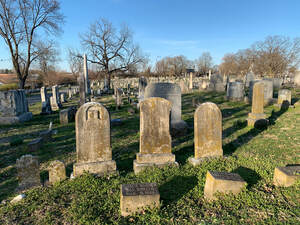 The other day, I was taking a few photographs near Mount Olivet’s famed Confederate Row and the nearby Confederate statue in Area G. Three particular gravestones, lined in a row, suddenly caught my eye as the sun was perfectly illuminating them like a spotlight, making them prominently stand out against the background. These were not soldier monuments, but those of a civilian family, all having passed in the 1880’s. I snapped off a few pictures on my I-phone and went on my merry way. The next morning, I decided to research the gravestones that drew me off task the previous evening. The central stone was that of George Philip Shaff (1849-1886). It was "book-ended" by that of a Sarah Shaff (to the left) and Susan Ridenour (to the right). Our cemetery records contained vital information, and more importantly, one brief sentence about Mr. Shaff that spoke volumes: “George Philip Shaff was killed by a falling tree in New Castle, Indiana." 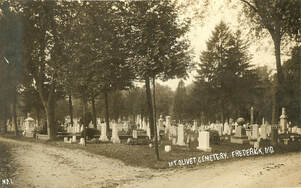 Mount Olivet's Area A (to the left of the FSK monument) showing plenty of trees (c. 1910) Mount Olivet's Area A (to the left of the FSK monument) showing plenty of trees (c. 1910) Felling Trees A major facet synonymous with garden cemeteries such as Mount Olivet is an abundance of trees. We certainly don’t have as many physical specimen as we had a century ago. However, what we lack in the real thing, we certainly have made up for in the growth and interest attributed these days to "family trees." Just this past week, I have seen pruning work being done on both varieties of cemetery-related trees as winter has turned to spring—outside tree professionals have been assisting our grounds staff, and our inside staff have been assisting genealogists and family historians. This time of year in the Mid-Atlantic region of the country, it’s not uncommon to see the emergence of landscapers and arborists jumping back into action and doing what they do best after being holed up during the snowy months. The other night, I asked my younger sons if they knew what an arborist was, and they couldn’t tell me. I actually decided to read to them the online definition: An arborist is a professional in the practice of arboriculture, which is the cultivation, management, and study of individual trees, shrubs, vines, and other perennial woody plants in dendrology and horticulture. I went on to tell them that an arborist not only studies trees, knowing what species is best to plant and where, but some people leave it to arborists to properly move, or remove trees. They boys asked why someone would need an arborist to take down a tree? I said, many people do not, as they are well-experienced in planting and cutting down trees. I told them, that I am certainly not one of these individuals. I have trimmed small branches, but have no business trying to remove a tree, or large limbs for that matter. The boys asked what I would do if I had to remove a tree in our yard, and I told them that I would hire a company to do it, as there are plenty of good ones to choose from. 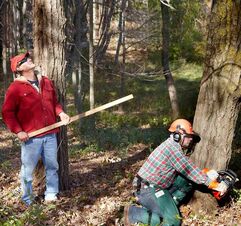 I explained to my sons that tree-work may seem easy and fun, but this is quite a dangerous task for someone that doesn’t know what they are doing. I told the boys that people could injure themselves with a chainsaw, or have a tree crash down on their car or house. However, the absolute worst thing that could happen would be having a tree fall on you while you were trying to take it down. OSHA (the Occupational Safety and Health Administration) reports that on average, there are over 100 landscape and tree fall fatalities every year. Within the tree care industry, these numbers are even higher. In fact, the tree care industry is one of the most dangerous in America. The Tree Care Industry Association (TCIA) reports a “fatal accident rate that is roughly 10 times the average for all industries.” In specific relation to arborists and loggers, the fatal accident rate is a staggering 30 times higher than average. It makes you wonder whether or not the famed Paul Bunyan had a good health insurance plan or not. Now that I have likely "scared you to death" over the danger of tree-related incidents, keep in mind the fact that we are surrounded by an estimated 250 billion trees. I read online that you are about 600 times more likely to be killed in a car accident than by a falling tree. In addition, the annual risk of being struck (and not necessarily killed) by lightning is 1 in 10,000,000. So you are more likely to be hit by a bolt of lightning than killed by a falling tree—a shocking statistic! The moral to the story, please use extreme caution when working with trees, and don’t hesitate to leave the job to the pros. George P. Shaff George Philip Shaff met his tragic end on a farm in rural eastern Indiana, about 44 miles east of Indianapolis. For one reason or another, George found himself laboring on the sugar farm of John Payne, Sr. on the morning of April 10th, 1886. The exact location was Henry Township, a country crossroads located a few short miles southeast of neighboring New Castle, county seat of Henry County. The Payne property was quite large and sat north of the Flatrock River on both sides of S. Country Rd 250 East. To me, Shaff seems to have been a nomad of sorts—a literal ship without an anchor, drifting from place to place. This particular “port of call” puzzles me as a destination, as he had spent the entirety of life in Frederick County, originally hailing from Jefferson. Here, the son of Abraham Shaff (1825-1911) and Mary Margaret Stockman (1824-1911) could be found living in the 1880 US census, and working a farm along with his wife Sarah A. E. “Sallie” (Ridenour), and younger brother Daniel Shaff. The couple had married in 1875 at a service held in Frederick’s Evangelical Church. They would shortly be blessed with two children: George Rodney and Edith Victoria. According to the 1873 Titus atlas, a George Shaff farm appears to be located west of Jefferson at the place where today’s MD route 180 intersects MD 340 east of Catoctin Creek at Steiner's Hill. Two years after the forementioned census was taken, George Shaff’s entire life would be turned upside down in the opening months of 1882. At this time, Frederick was being ravaged by a diphtheria epidemic. Diphtheria was once a major cause of illness, and subsequent death, among children. It is a serious bacterial infection usually affecting the mucous membranes of the nose and throat. The disease was given its official name in 1826 by French physician Pierre Bretonneau, who called it diphtérite. The origin was the Greek word for “leather” or “hide,” describing the coating that appears in the throat. On January 8th, 1882, the newspaper announced that Diphtheria had broken out in Frederick City. The day prior, George Shaff’s five-year old son George Rodney had succumbed to the deadly disease. The child would be placed in a grave lot purchased by John Ridenour, maternal grandfather of the young boy. Unbeknownst to Mr. Ridenour and George, tragedy would strike again just four days later. George's wife, Sallie Shaff, would die a victim of the disease that killed her son. The grief associated with losing both his wife and son must have been incredible for George Shaff. At least he had his daughter Edith Victoria to hold tight. However, George would be further punished by enduring the loss of his lone immediate family member as Edith died of Diphtheria on February 7th, exactly one month to the day of George Rodney’s death. 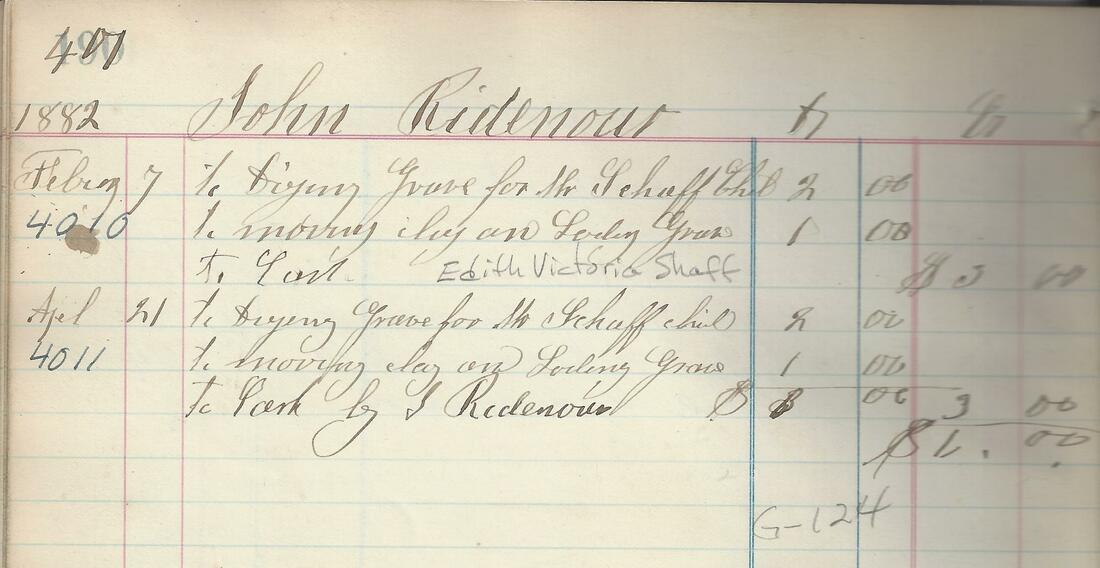 Entry pertaining to the burial of Edith V. Shaff in Mount Olivet's interment register book. This also mentions the digging of a second grave for Mr. Shaff's child on April 21st which leads me to think that George (and possibly) Sallie's bodies could have been stored in the public vault or buried in the town's Lutheran cemetery on E. Church St. extended and moved here only three months after their respective deaths From later news articles, we learn that George P. Shaff had relocated to Frederick City from Jefferson, giving up the farm. He could be found working as a salesman for the Singer Sewing Machine Manufacturing Company. In February 1885, he left Singer for a job as a furniture maker with the local firm of Clarence Clarendon Carty. (Mr. Carty was the subject of a “Story in Stone” article from fall, 2018). George only stayed for six months before changing employers and going across town to work at the Lewis McMurray Canning Factory. In February, 1886, four years after the tragic epidemic that robbed him of his entire family, George Shaff would head west to Chicago and soon after to New Castle, Indiana. I’m assuming a relative could have lived here in this area and, have indeed, found other Shaffs living in Indiana at the time. These included two paternal uncles living in Cass and Clinton counties, both within 50 miles of Henry County, the location of New Castle. Perhaps one of these uncle's children, a cousin, lived in the vicinity of New Castle? Regardless, it was here that George found work on the sugar farm of John Payne. His tenure was short, as he would be killed in a tree-pruning accident on that fateful morning of April 10th. This story is about as bittersweet as one can be. Even sadder is the cruel irony that George P. Shaff’s portion of his family tree was "felled," in a span of four short years, and ceased growing forever. His is simply remembered, if at all, as a small branch off of the prospering trees of his siblings, and those brothers/sisters of his wife.
Rest in Peace George P. Shaff, as you, and your immediate family members, certainly deserve the strong rays of sunlight which illuminate your grave monuments each, and every, evening. There was purpose in making me notice your stones. |
STORIES
|
Archives
July 2024
June 2024
May 2024
April 2024
March 2024
February 2024
January 2024
December 2023
November 2023
September 2023
August 2023
July 2023
June 2023
May 2023
April 2023
March 2023
February 2023
January 2023
December 2022
November 2022
October 2022
September 2022
August 2022
July 2022
June 2022
May 2022
April 2022
March 2022
February 2022
January 2022
December 2021
November 2021
October 2021
September 2021
August 2021
July 2021
June 2021
May 2021
April 2021
March 2021
February 2021
January 2021
December 2020
November 2020
October 2020
September 2020
August 2020
July 2020
June 2020
May 2020
April 2020
March 2020
February 2020
January 2020
December 2019
November 2019
October 2019
September 2019
August 2019
July 2019
June 2019
May 2019
April 2019
March 2019
February 2019
January 2019
December 2018
November 2018
October 2018
September 2018
August 2018
July 2018
June 2018
May 2018
April 2018
March 2018
February 2018
January 2018
December 2017
November 2017
October 2017
September 2017
August 2017
July 2017
June 2017
May 2017
April 2017
March 2017
February 2017
January 2017
December 2016
November 2016

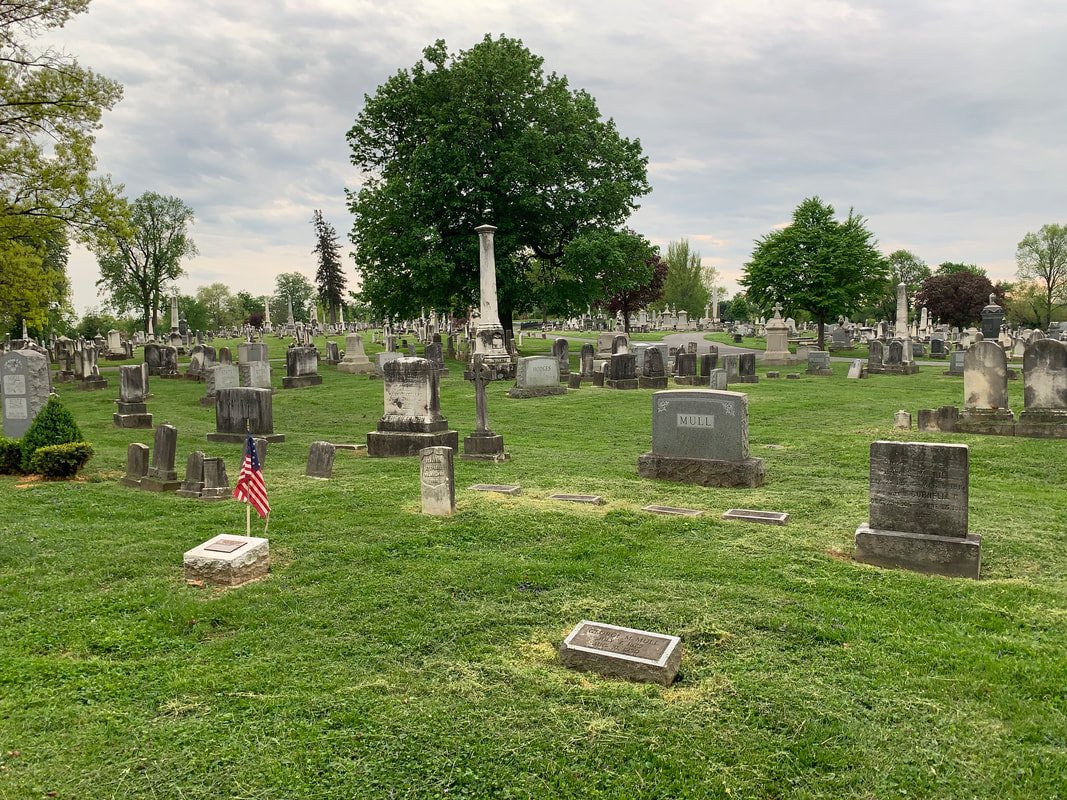
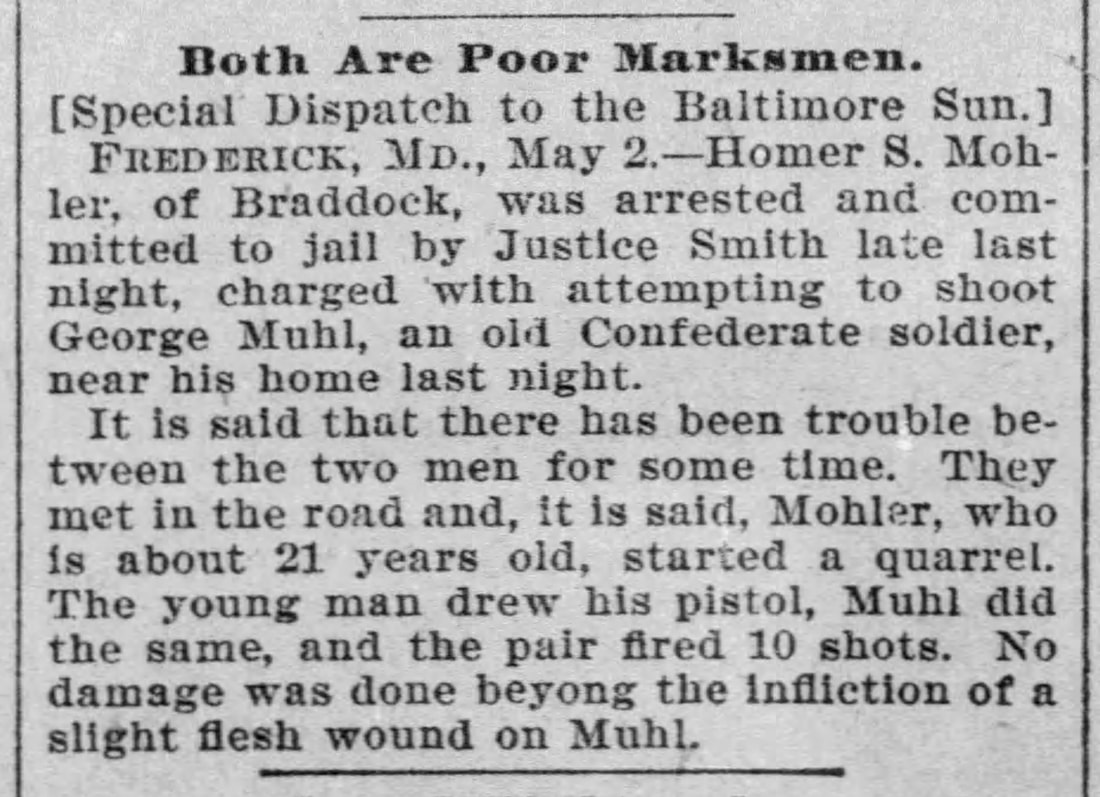
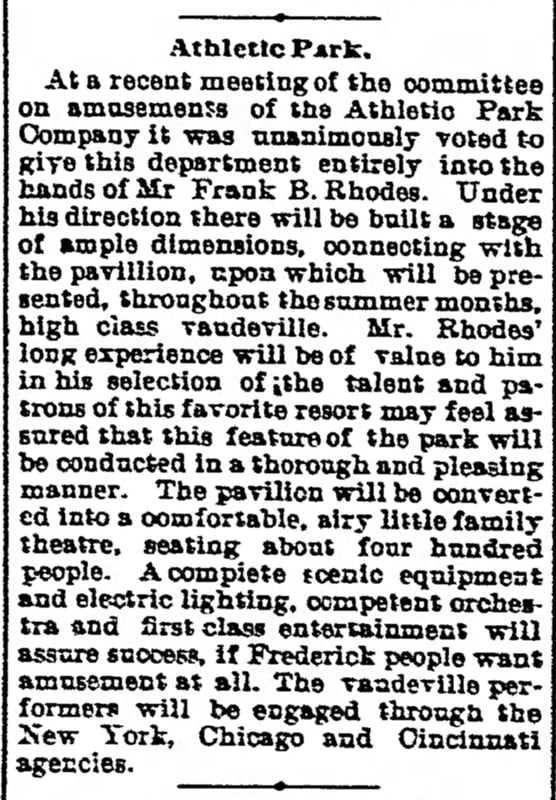
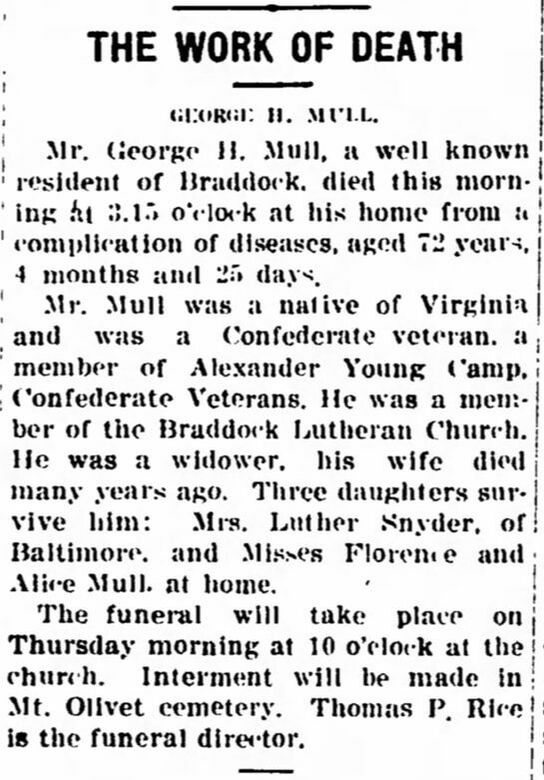

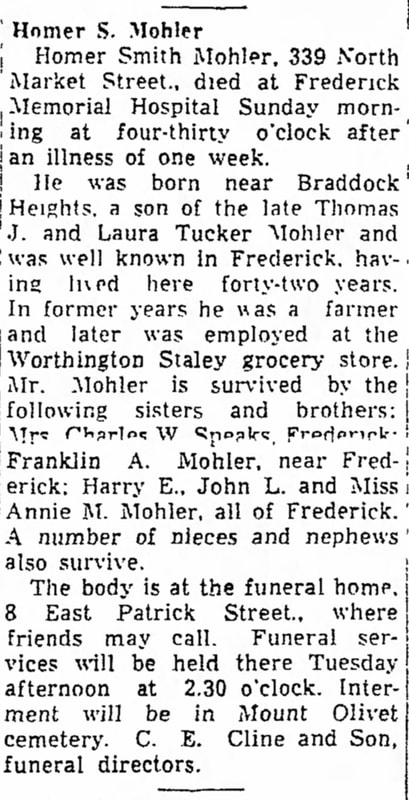
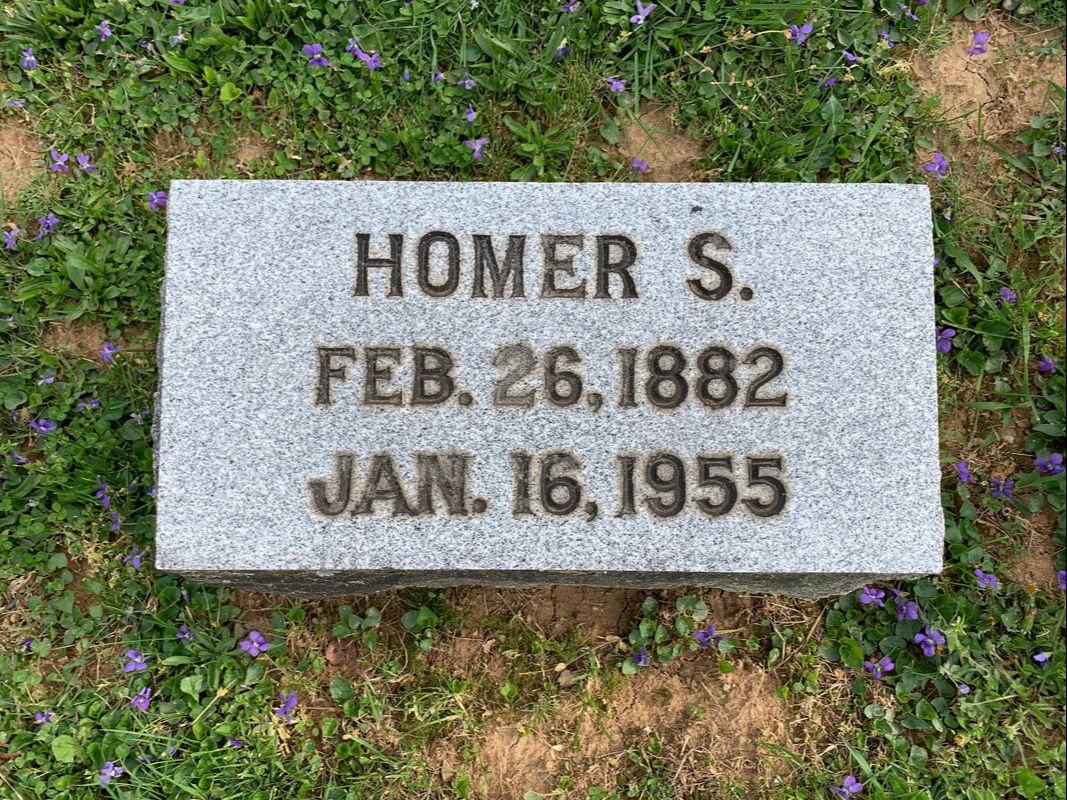
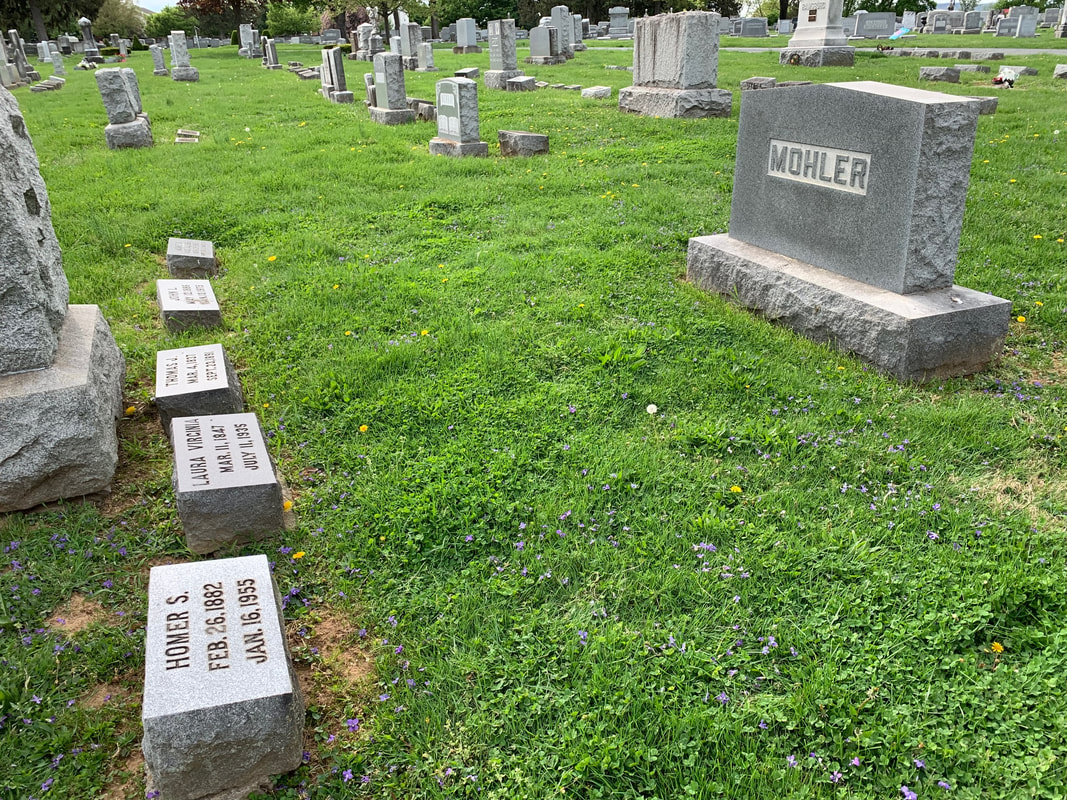
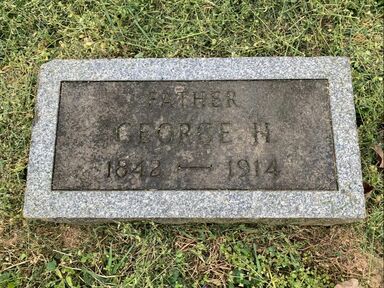
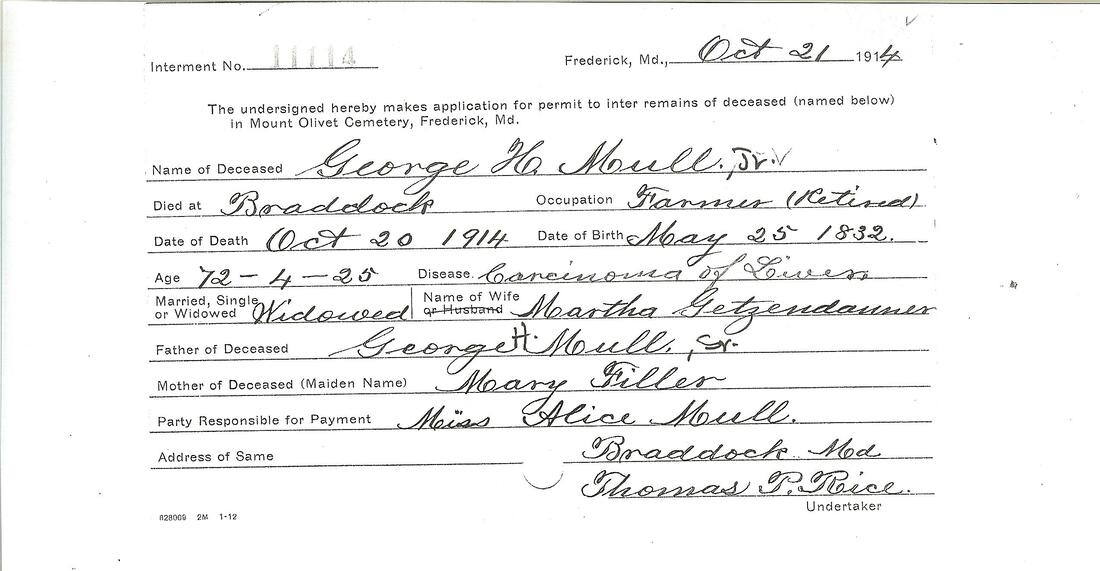
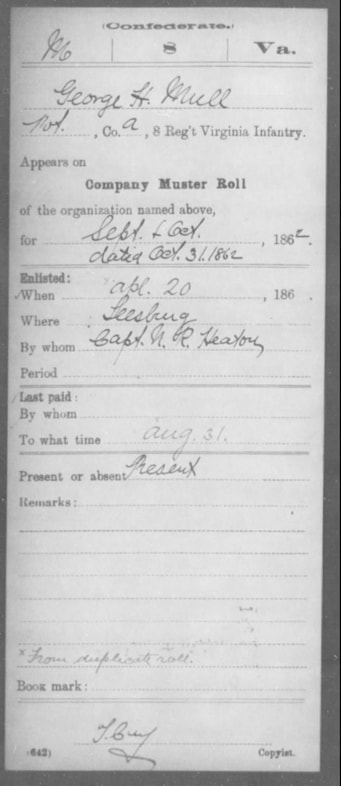
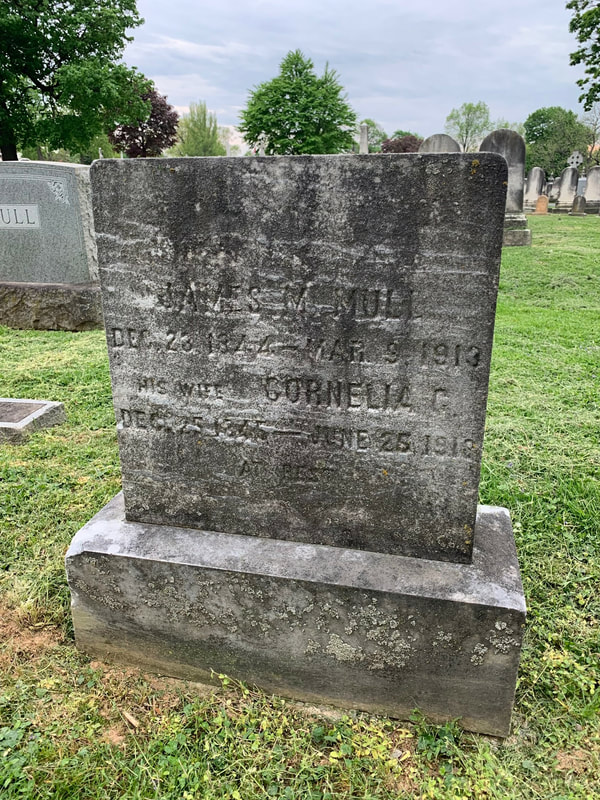
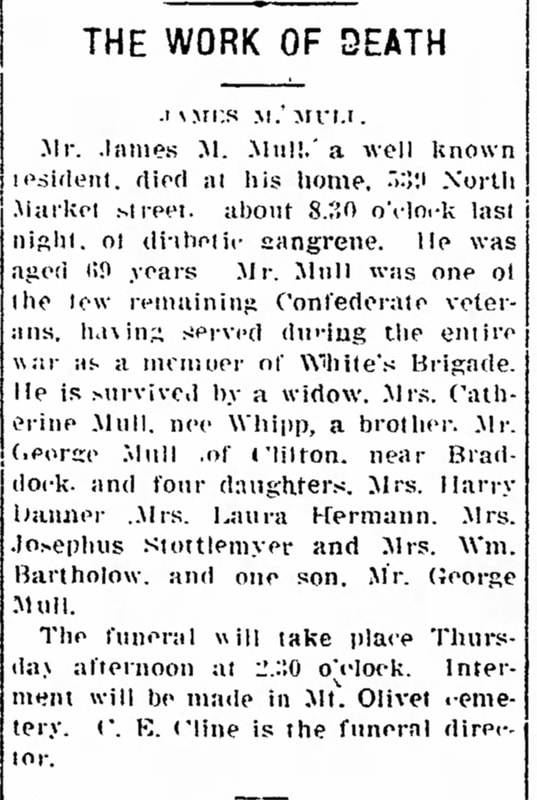
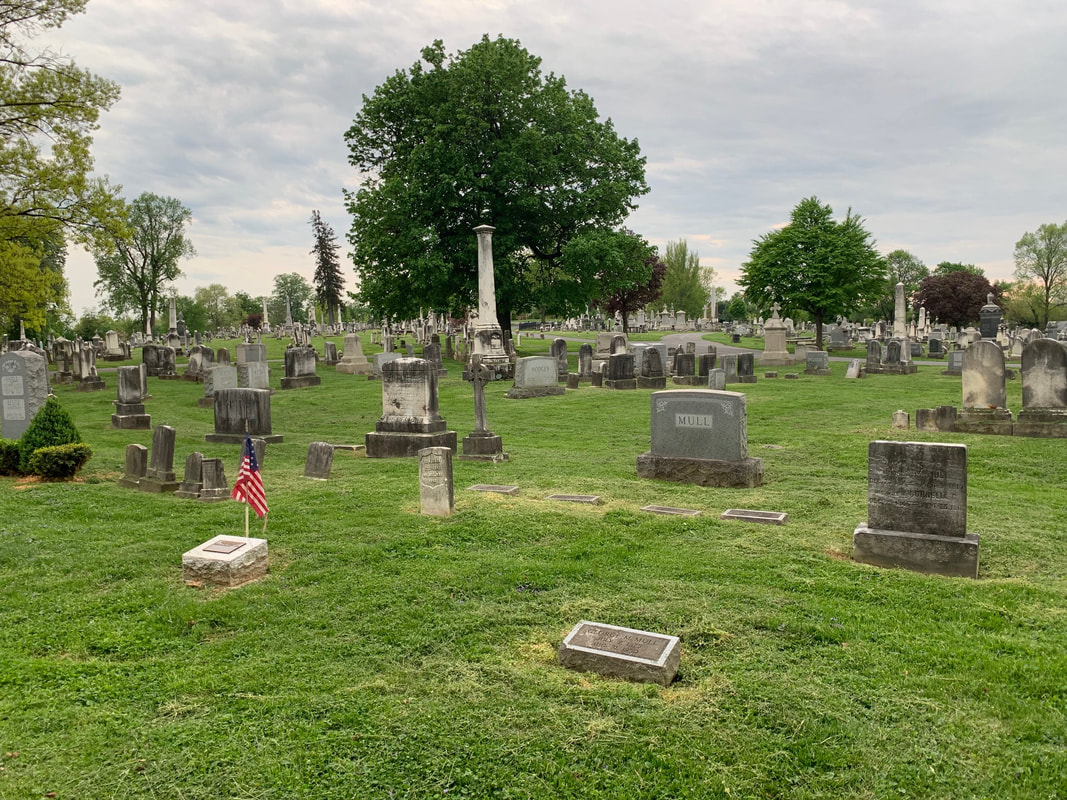
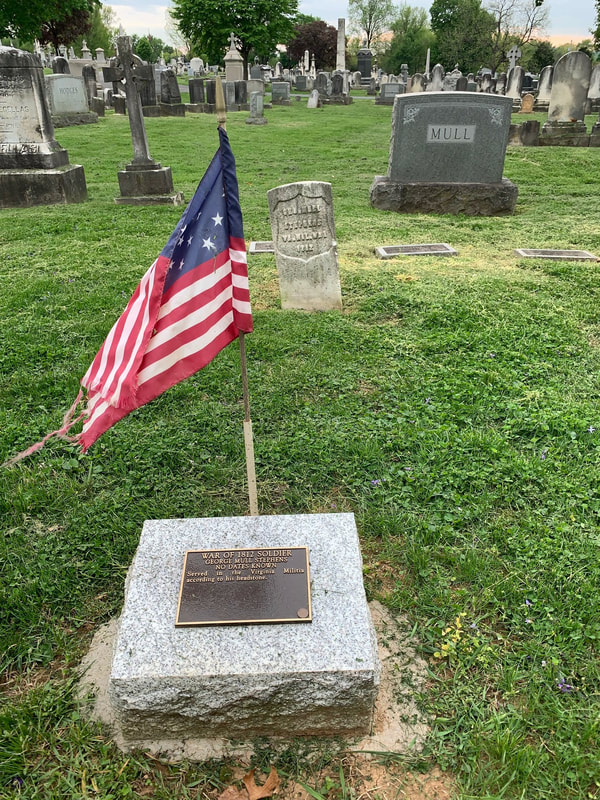
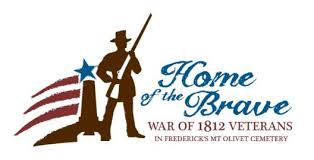
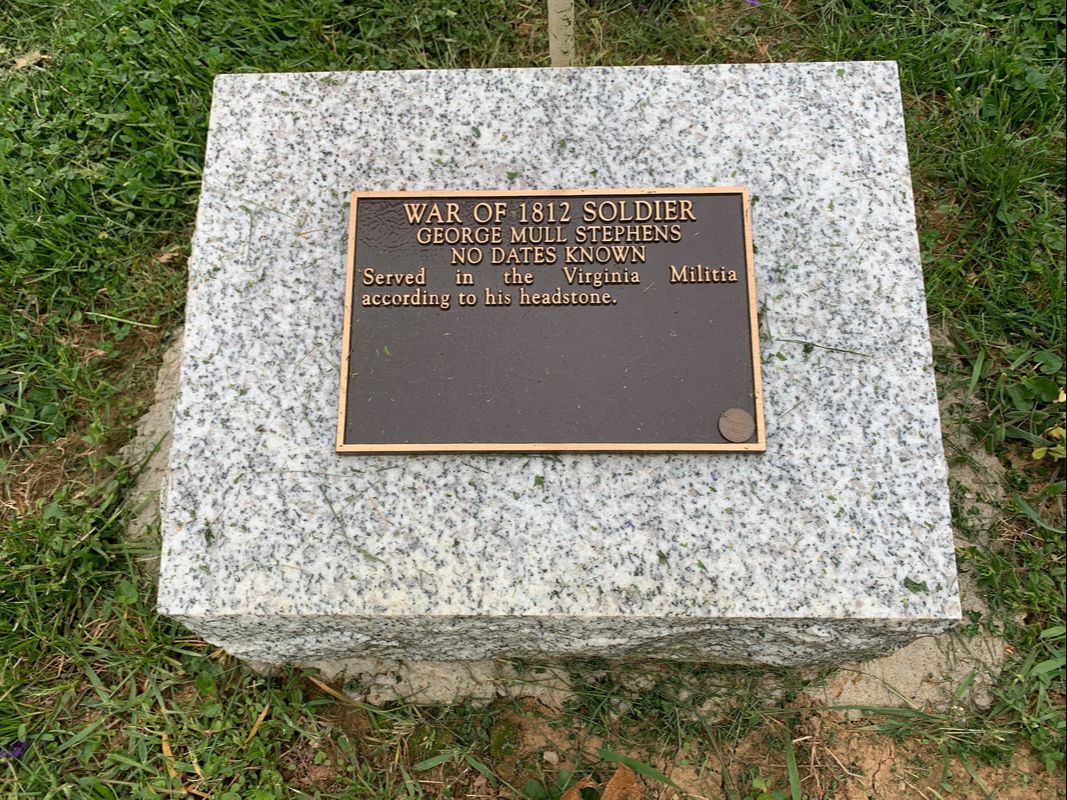
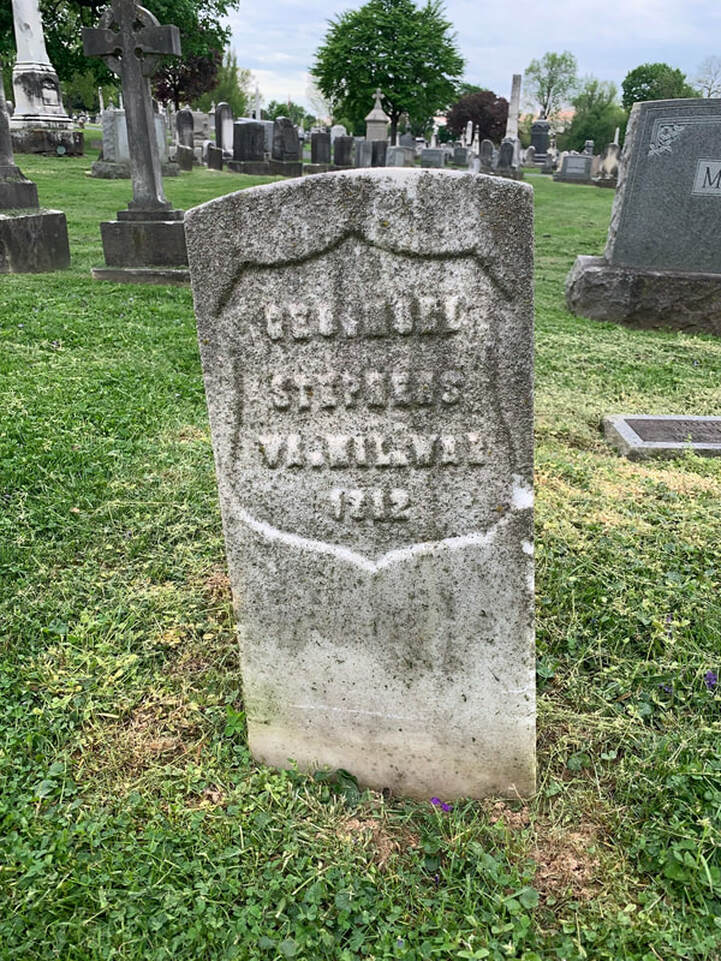

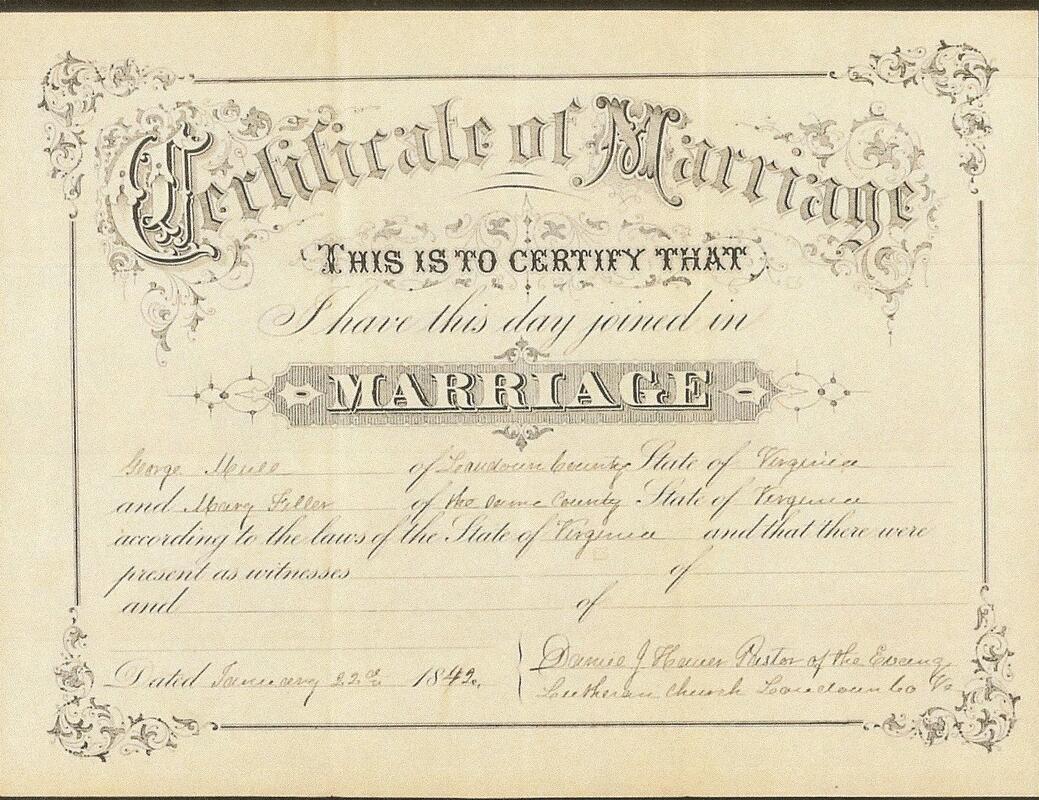
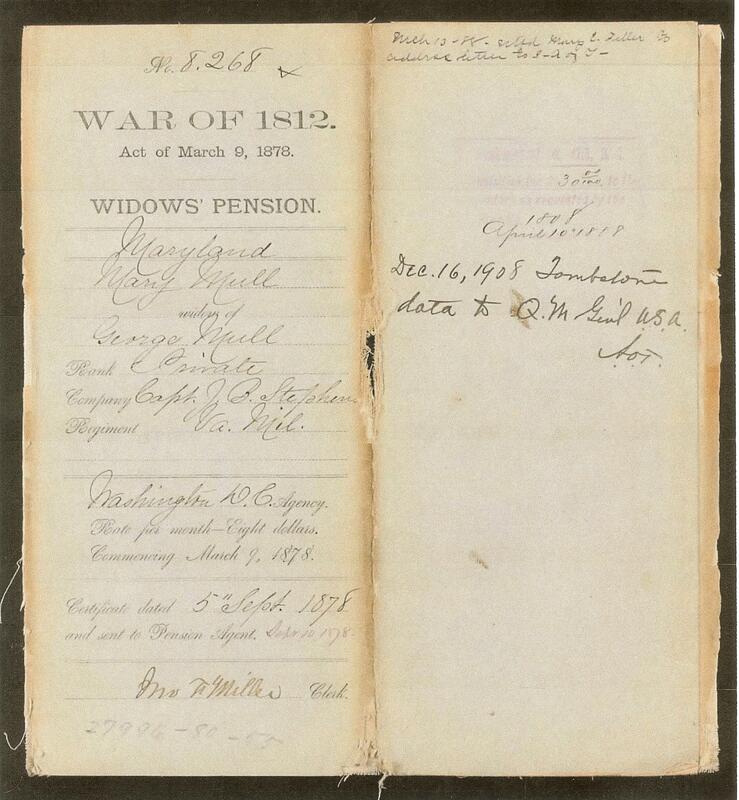
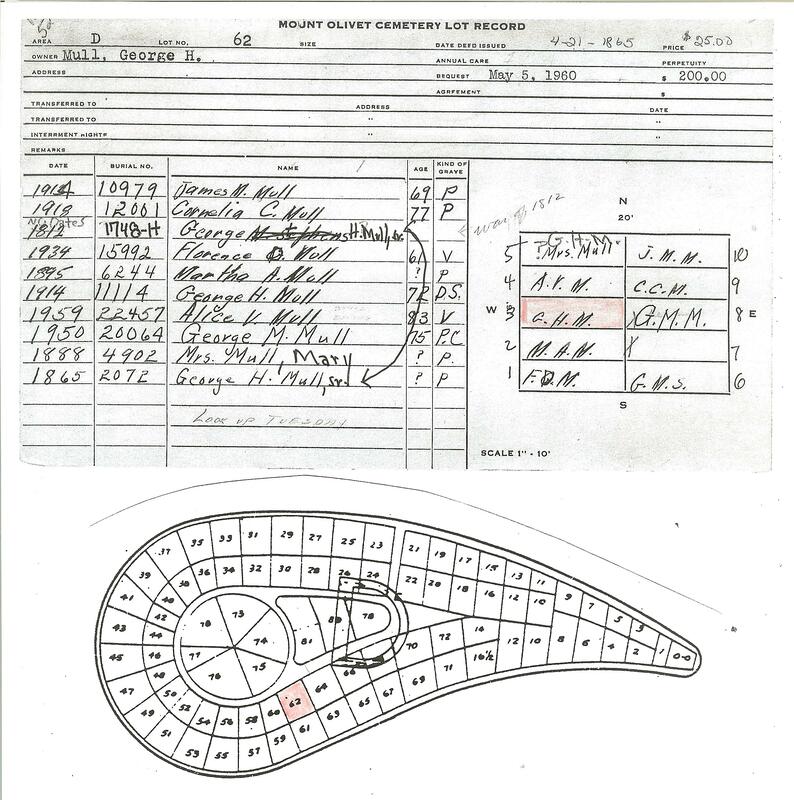

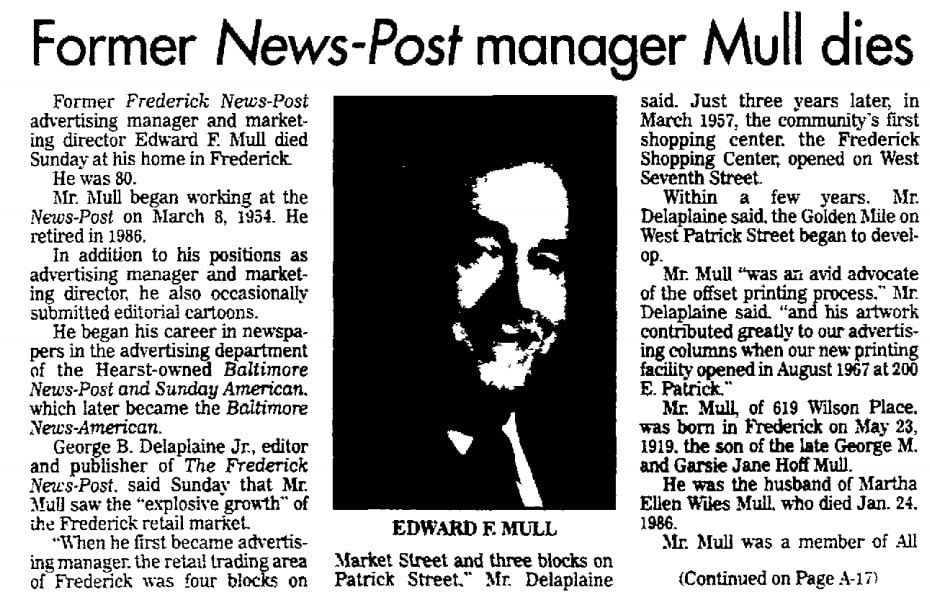
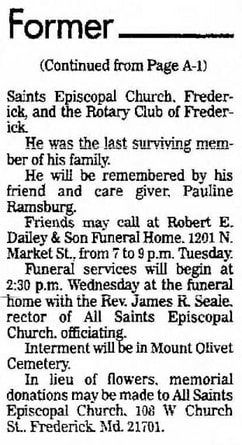
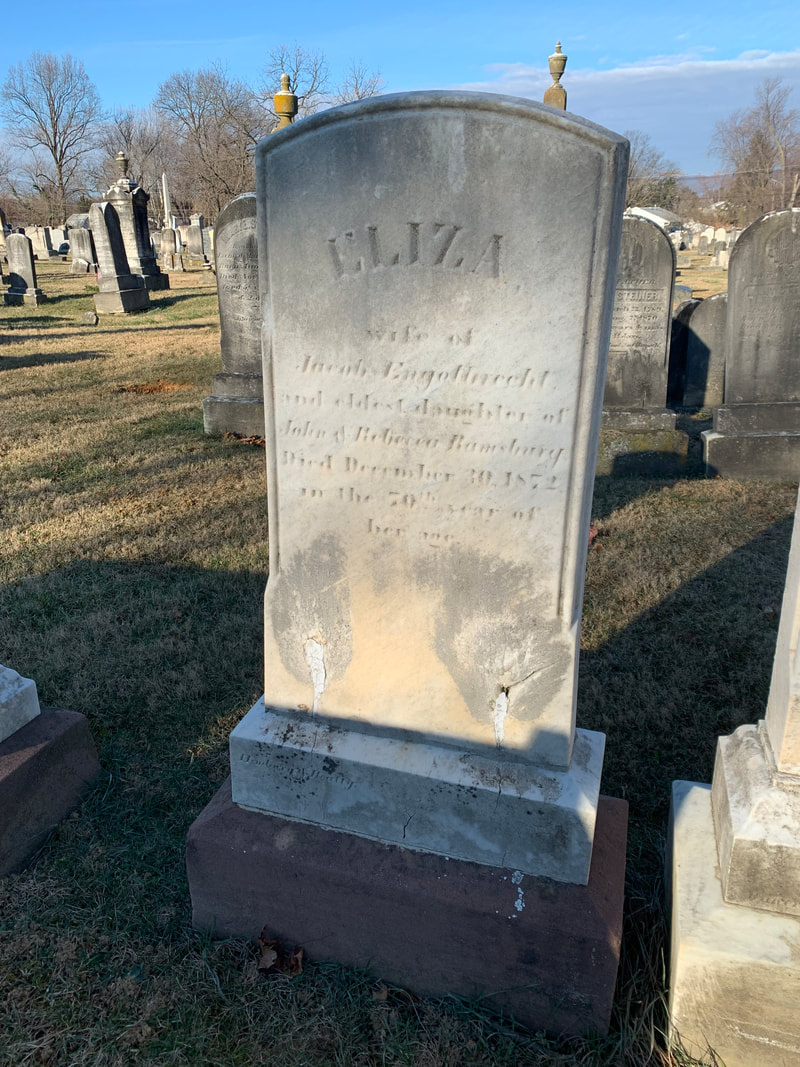
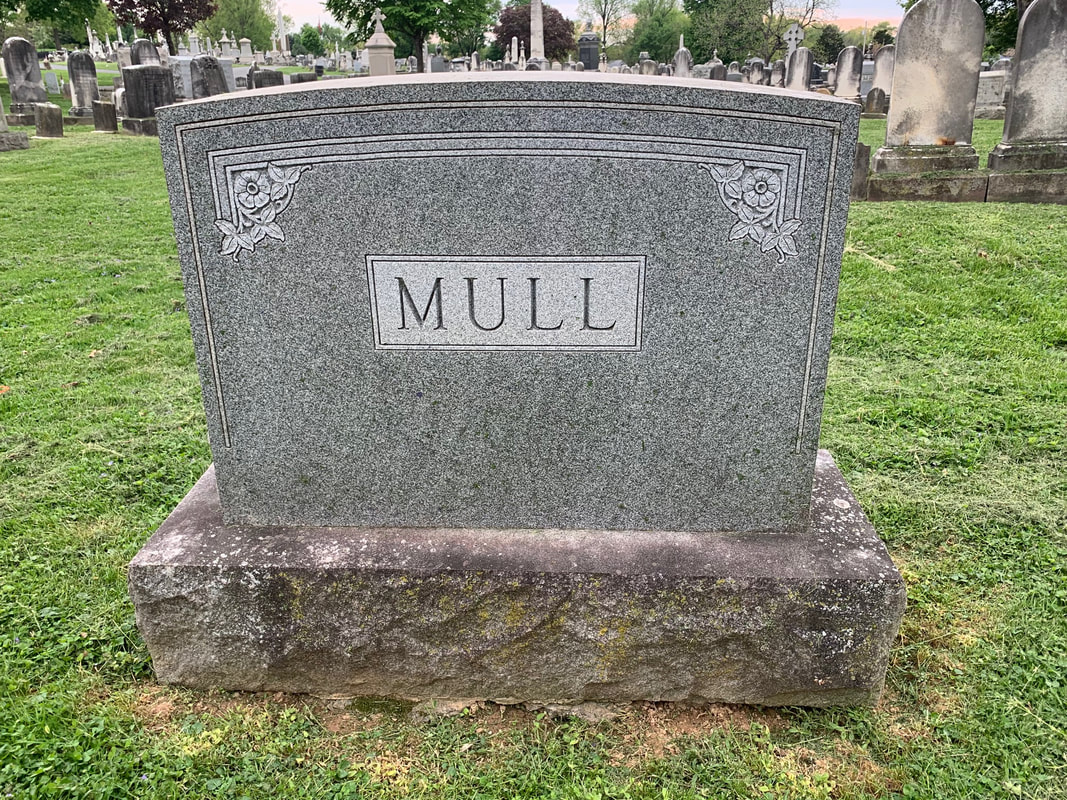
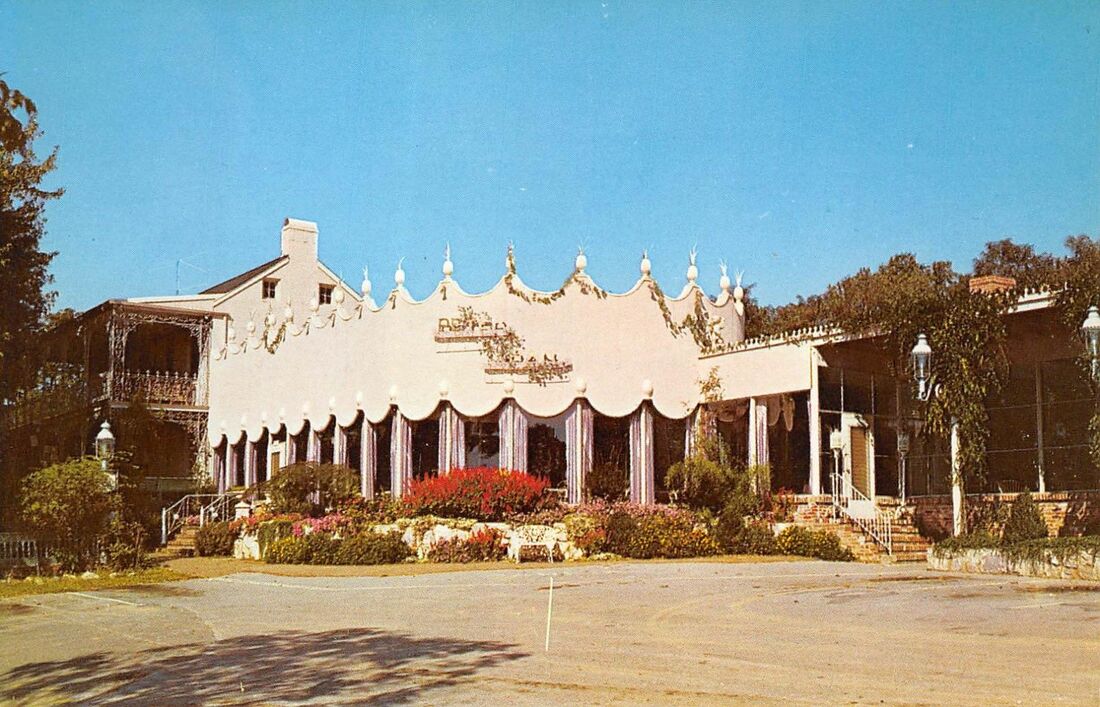
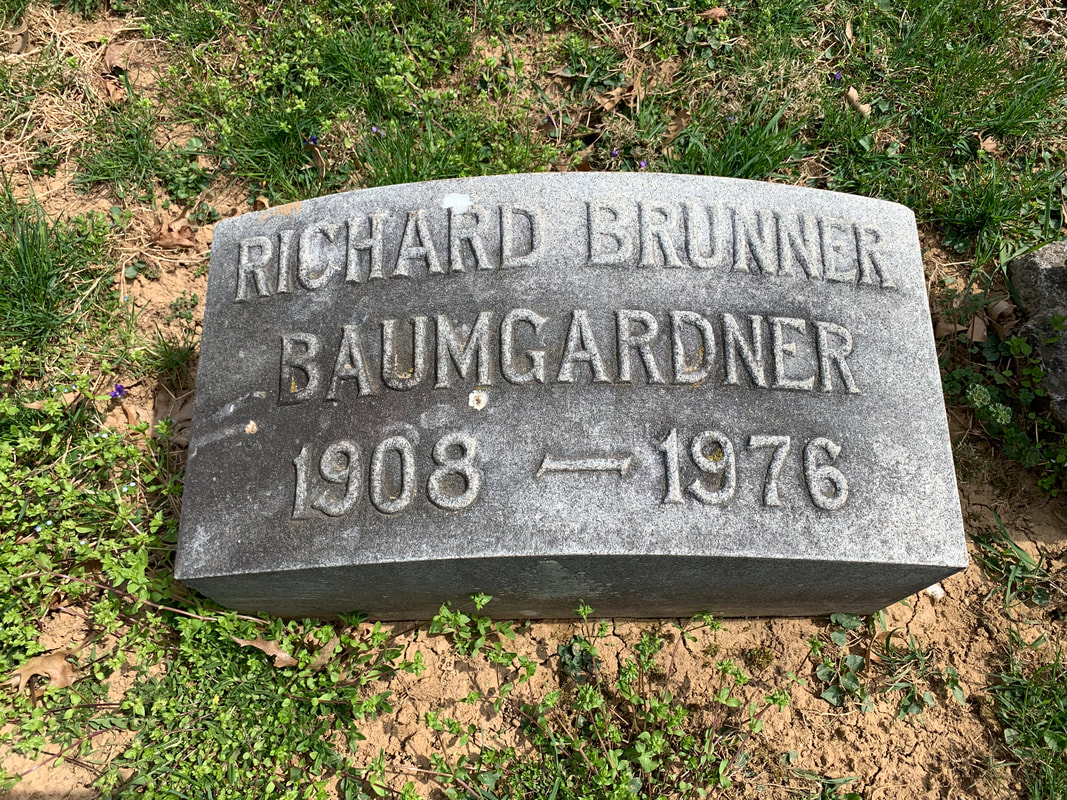
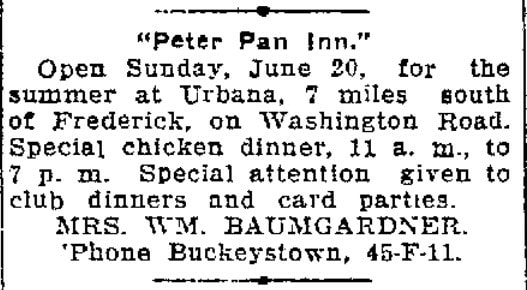

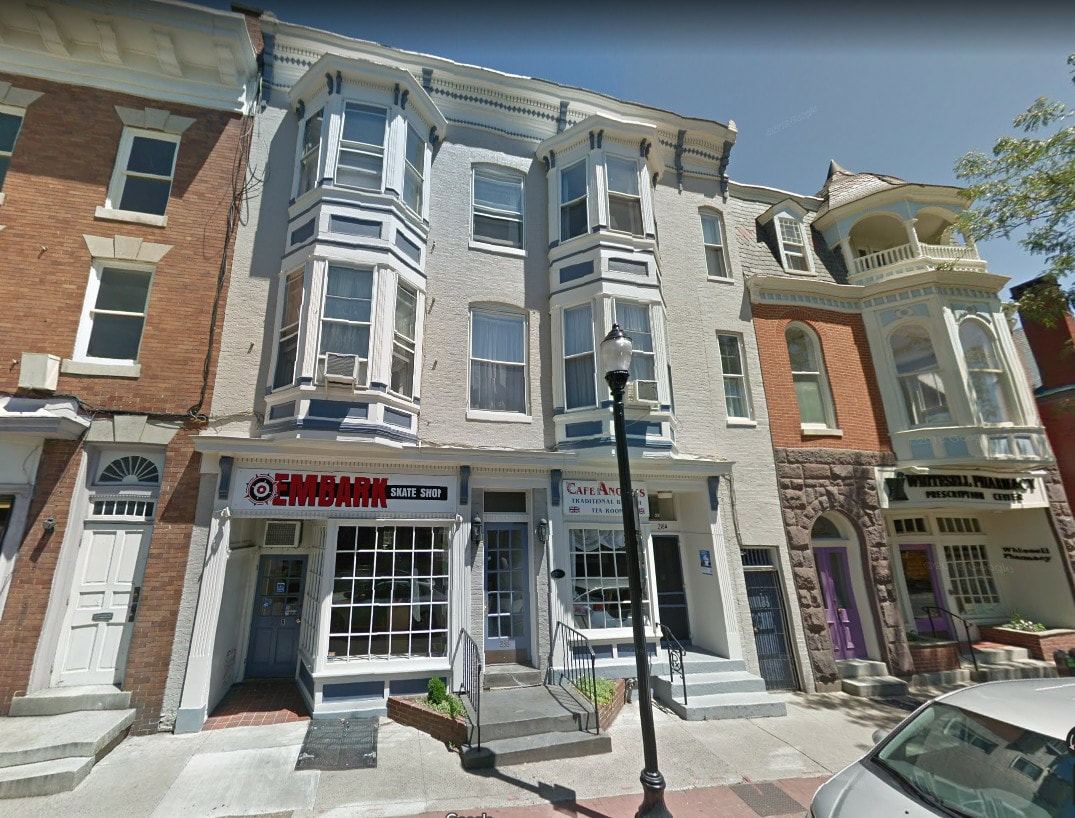
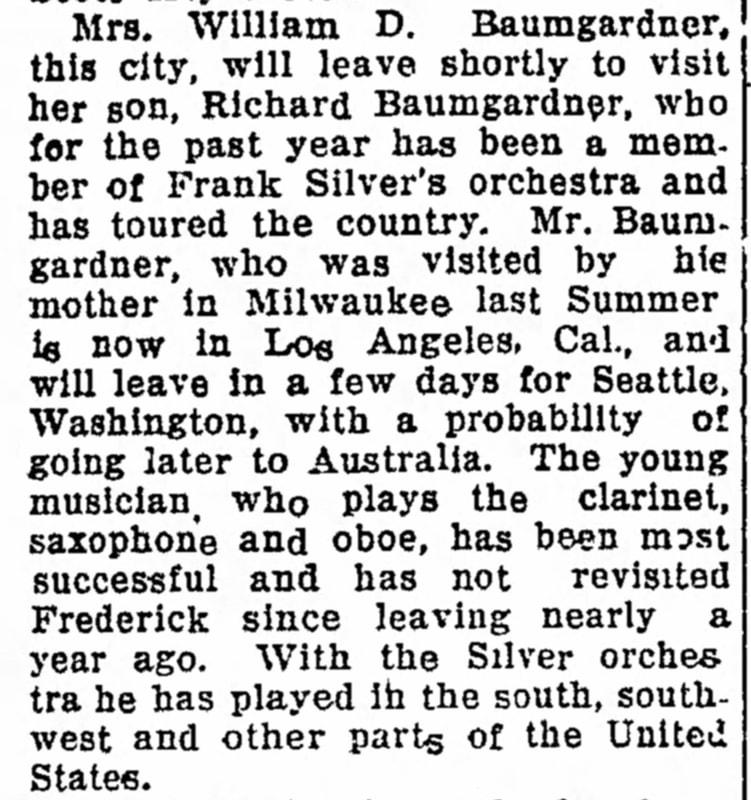
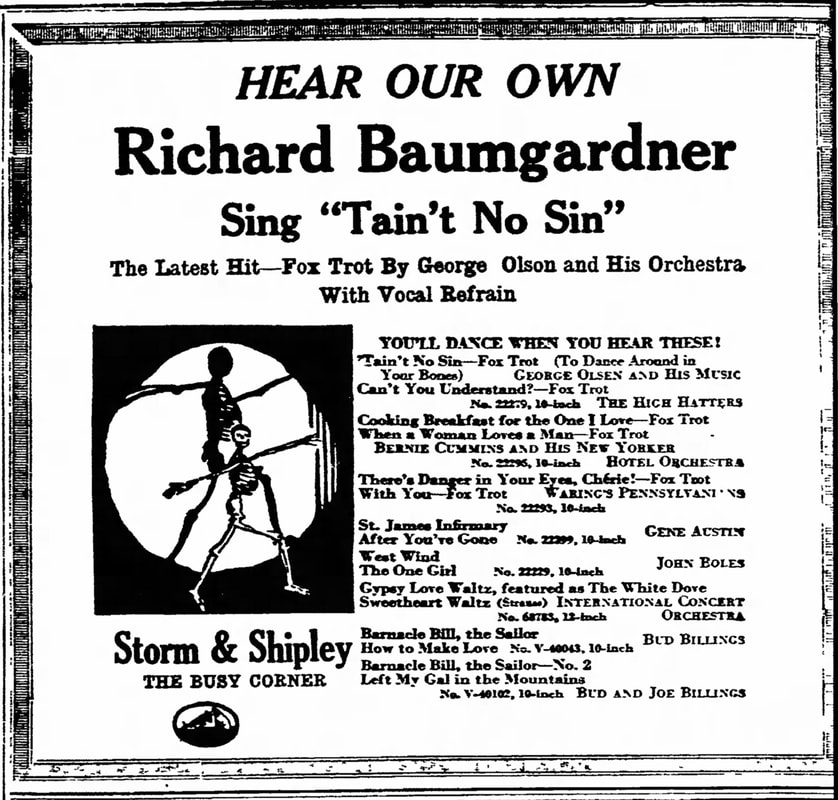
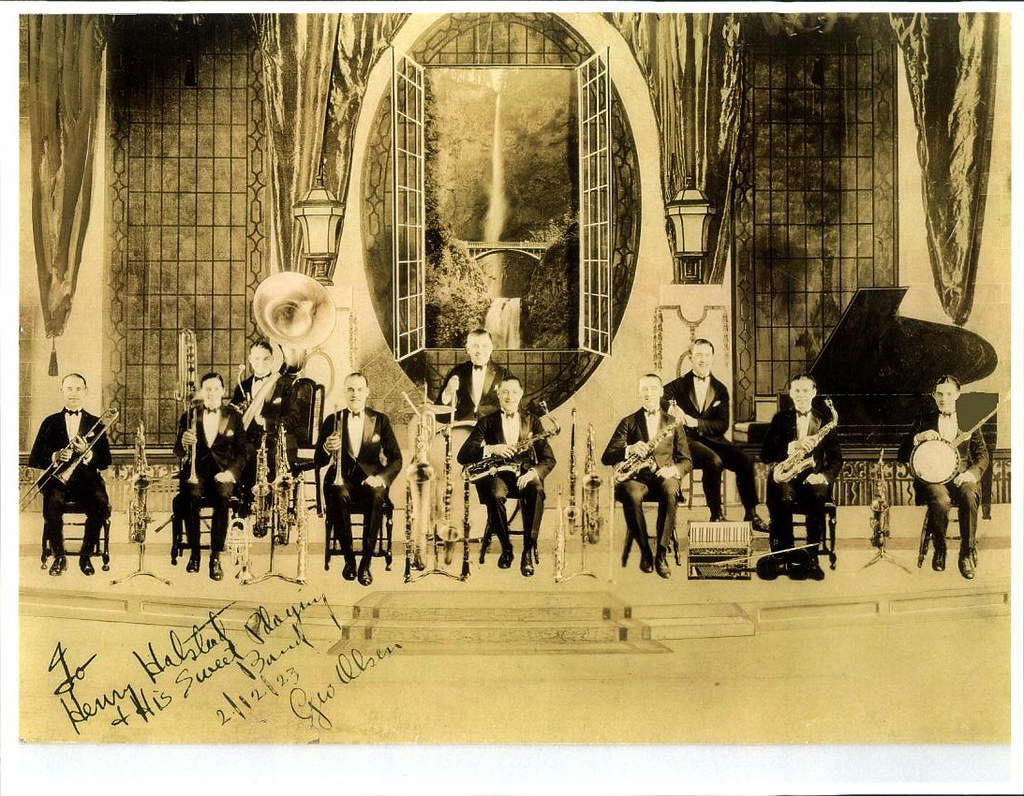
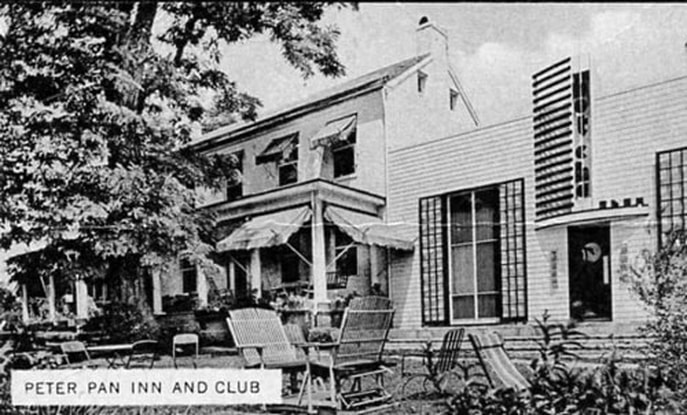
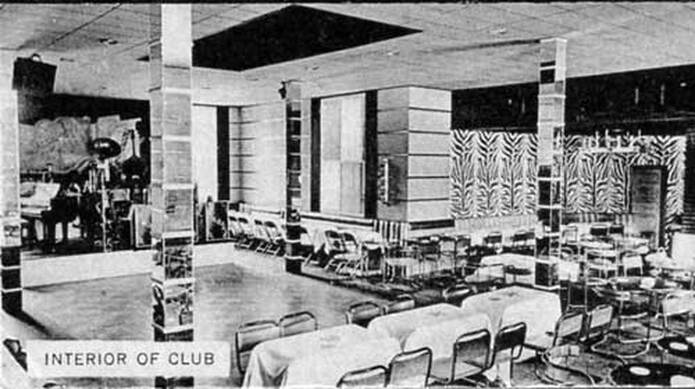
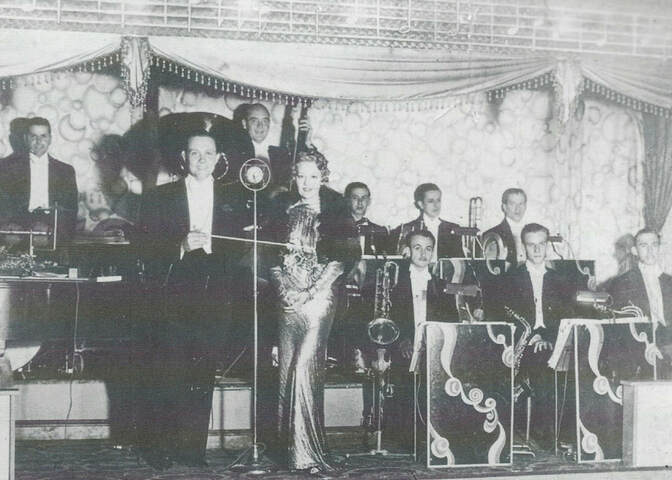
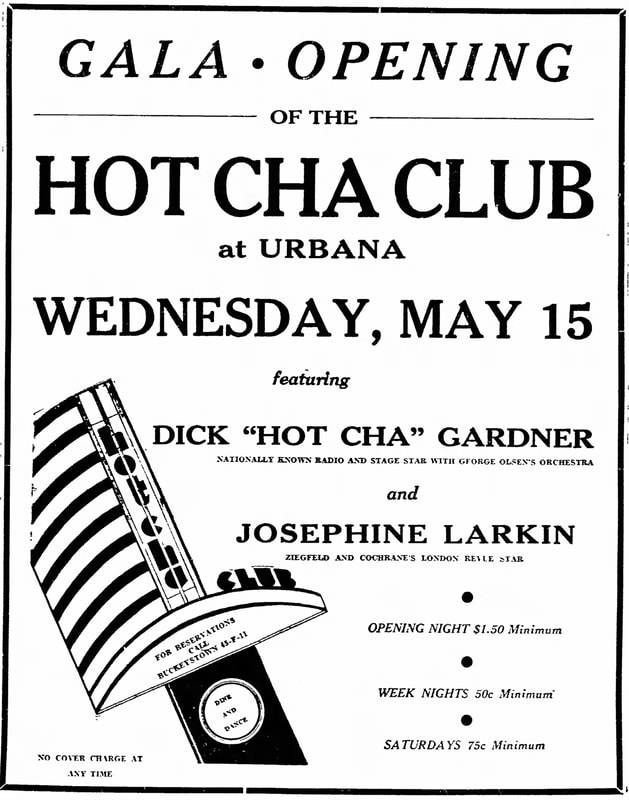
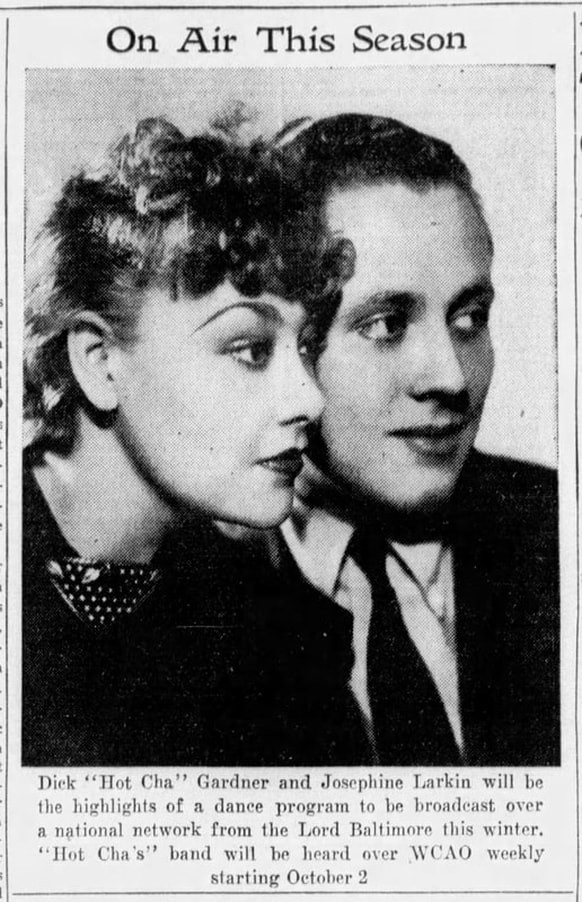
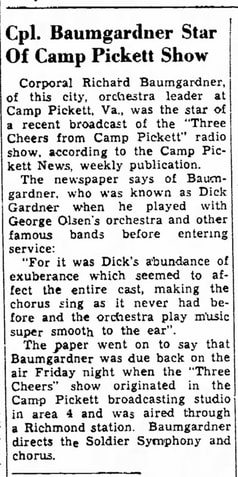
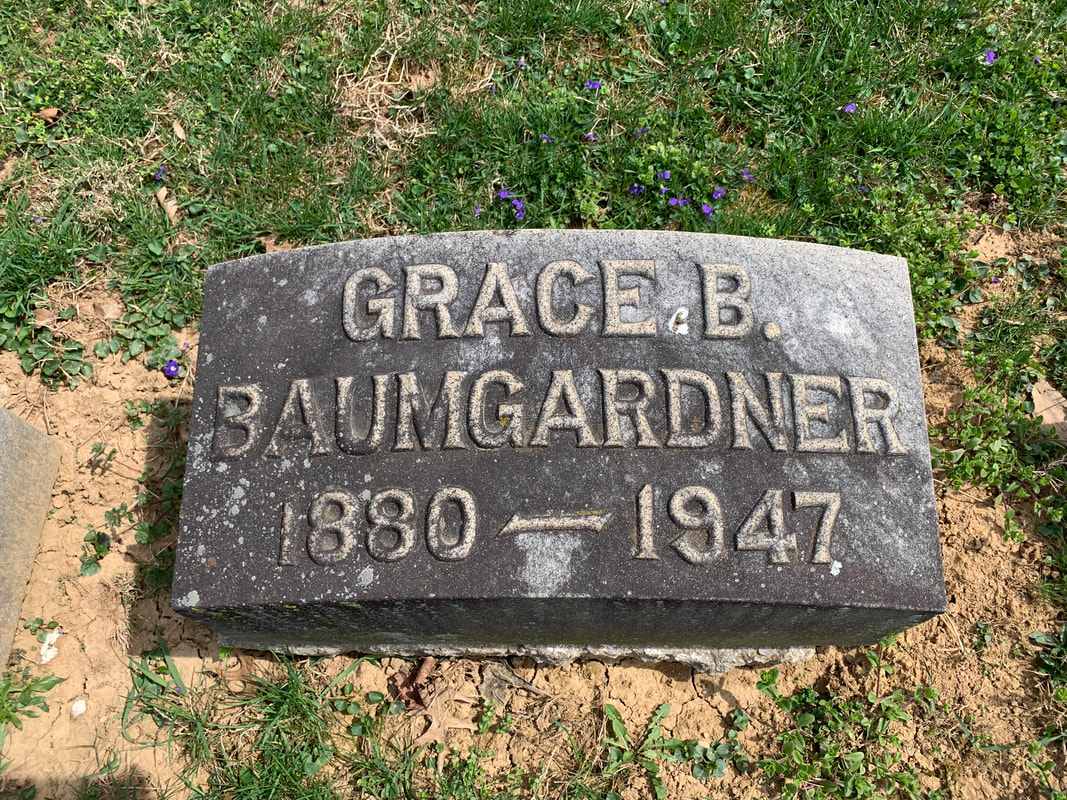
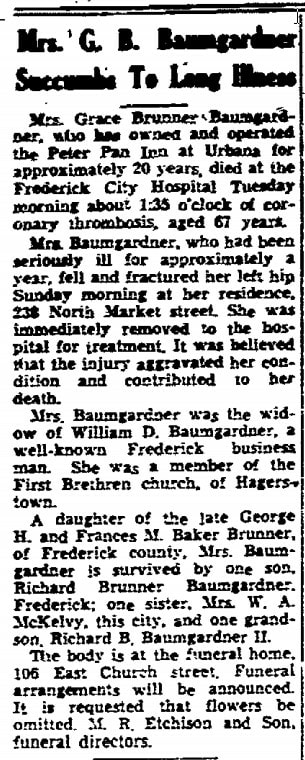
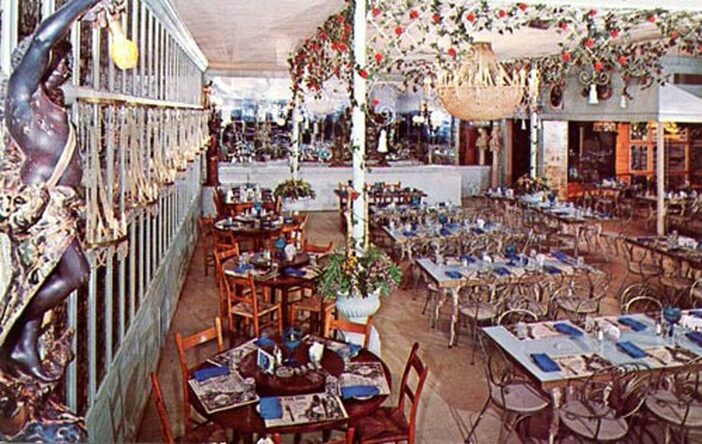
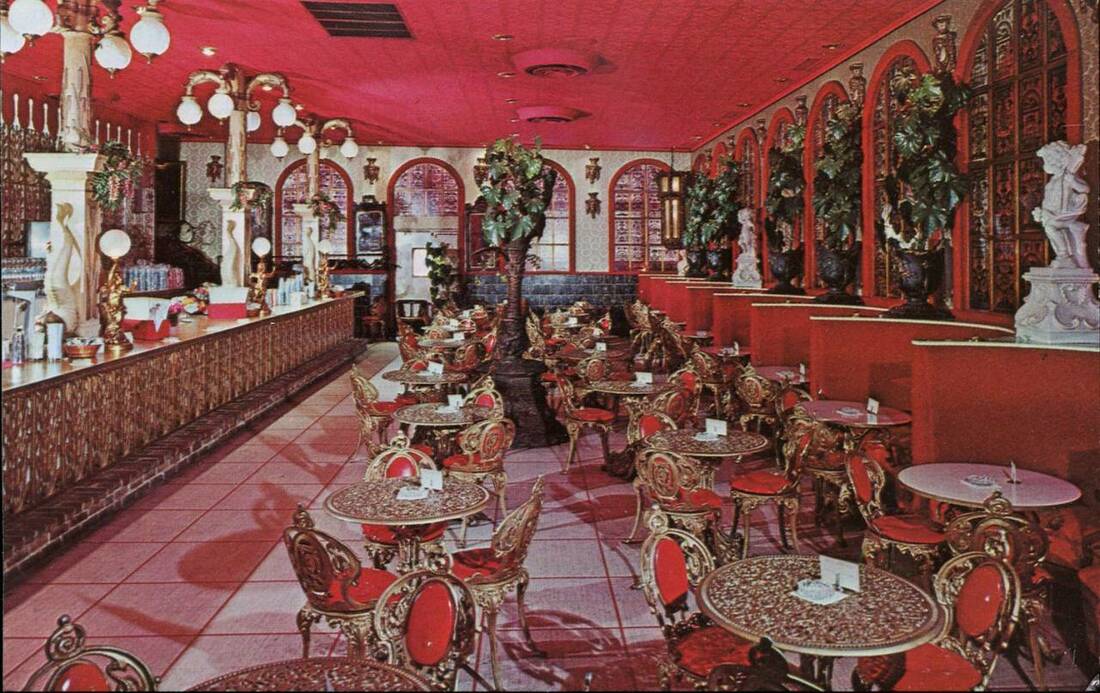
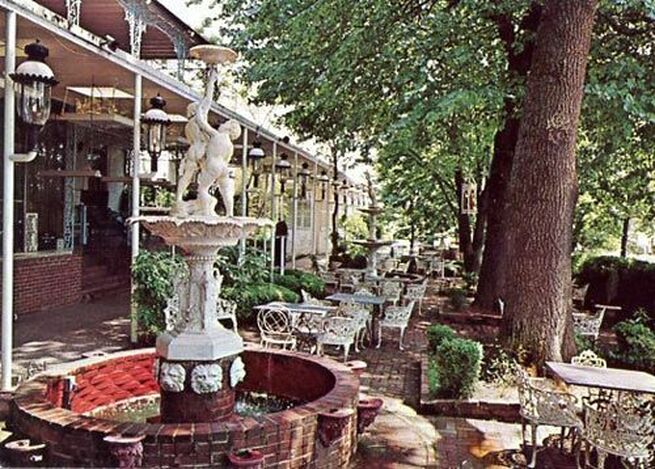
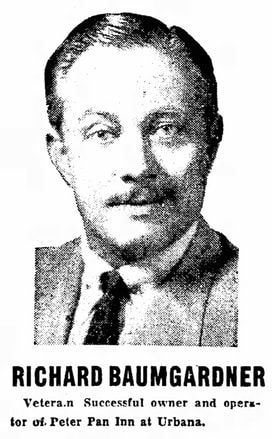
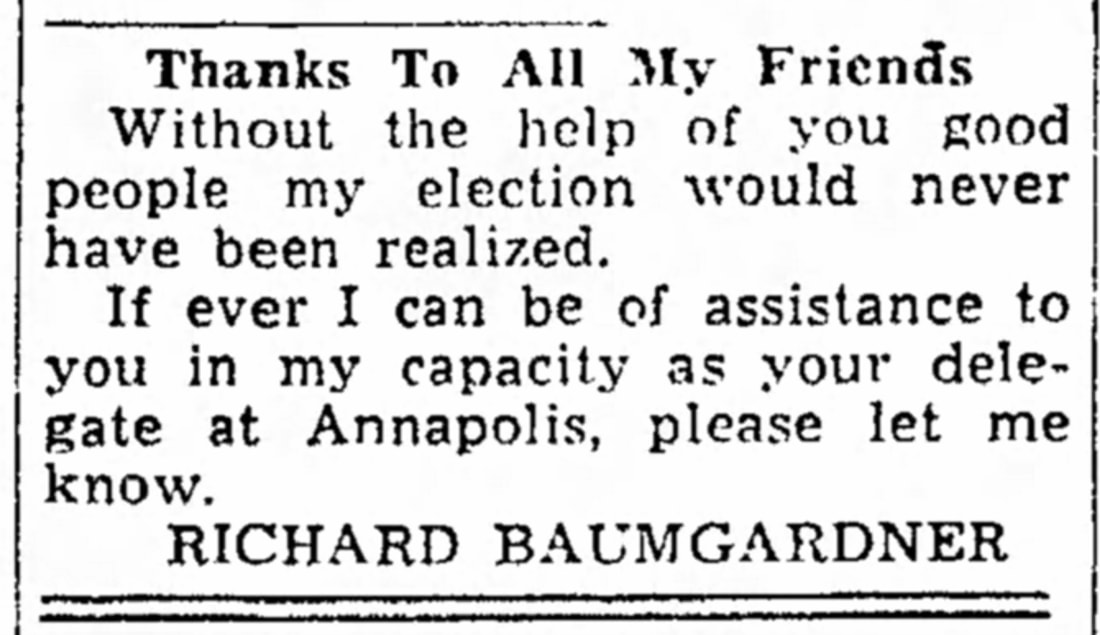
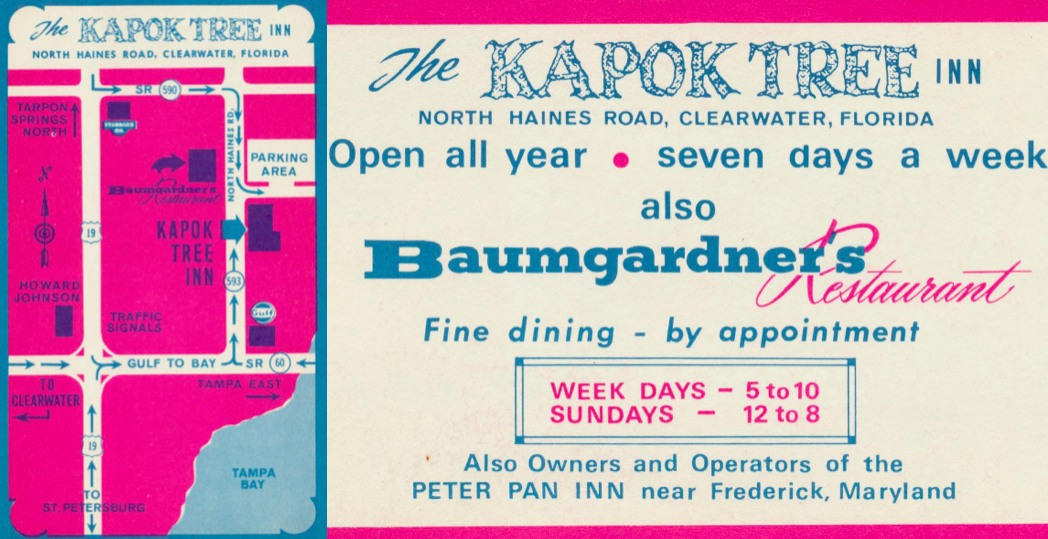
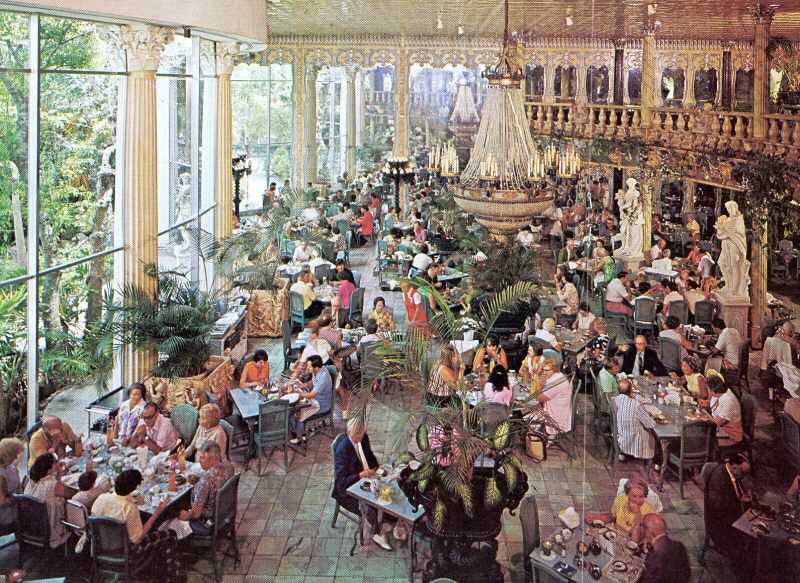
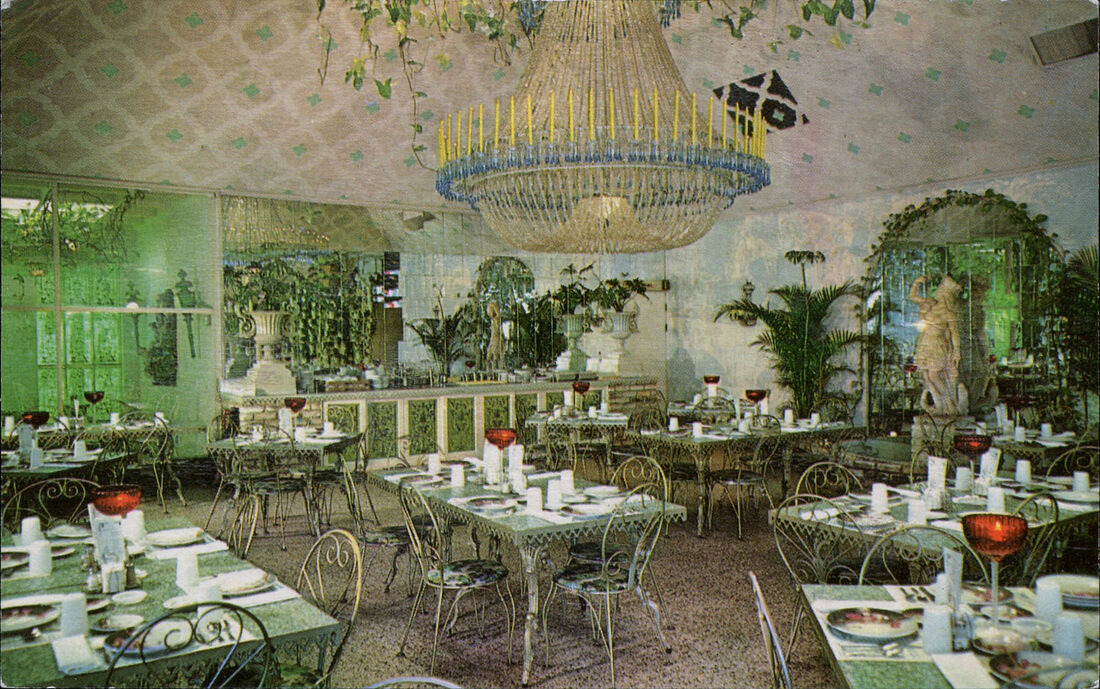
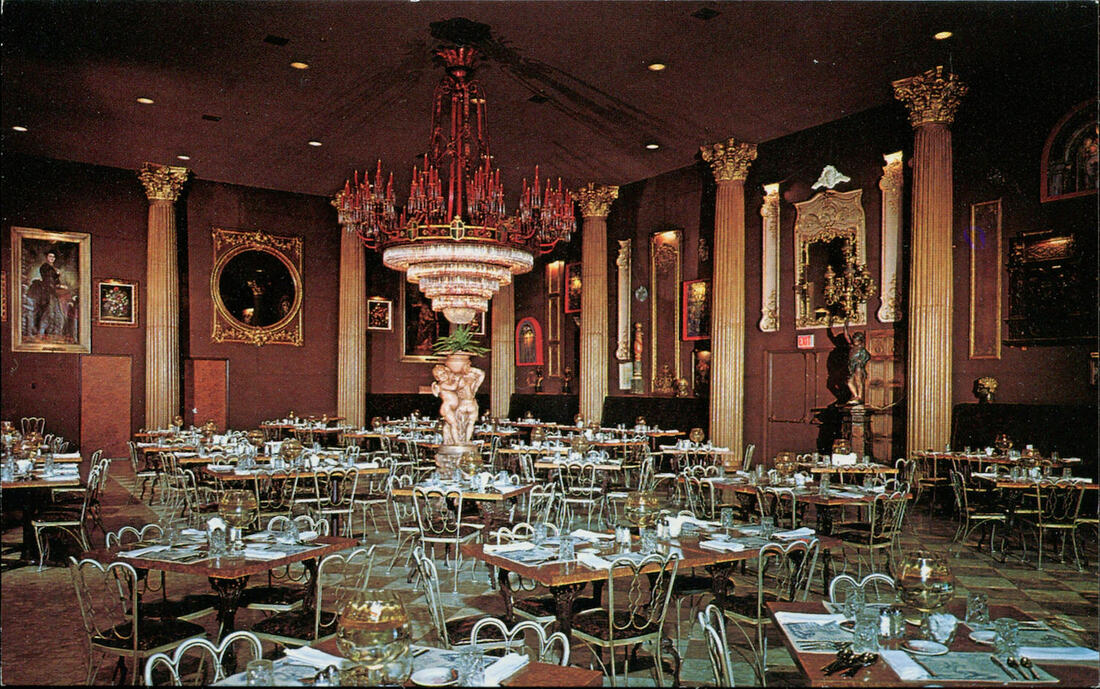
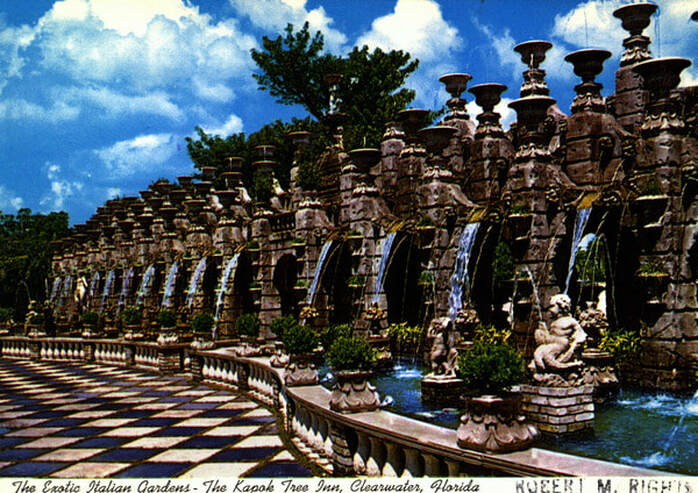
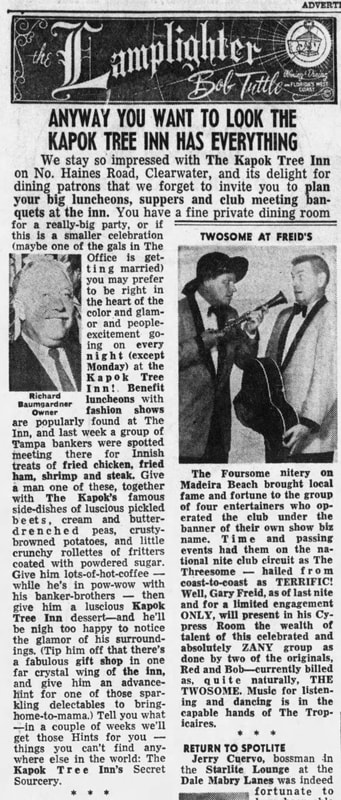

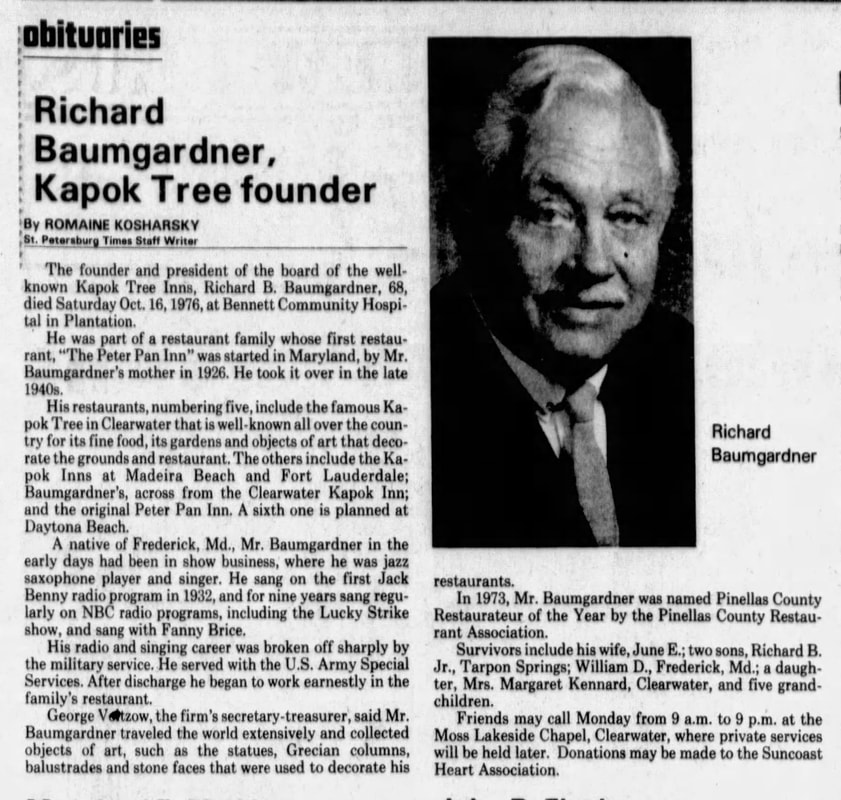
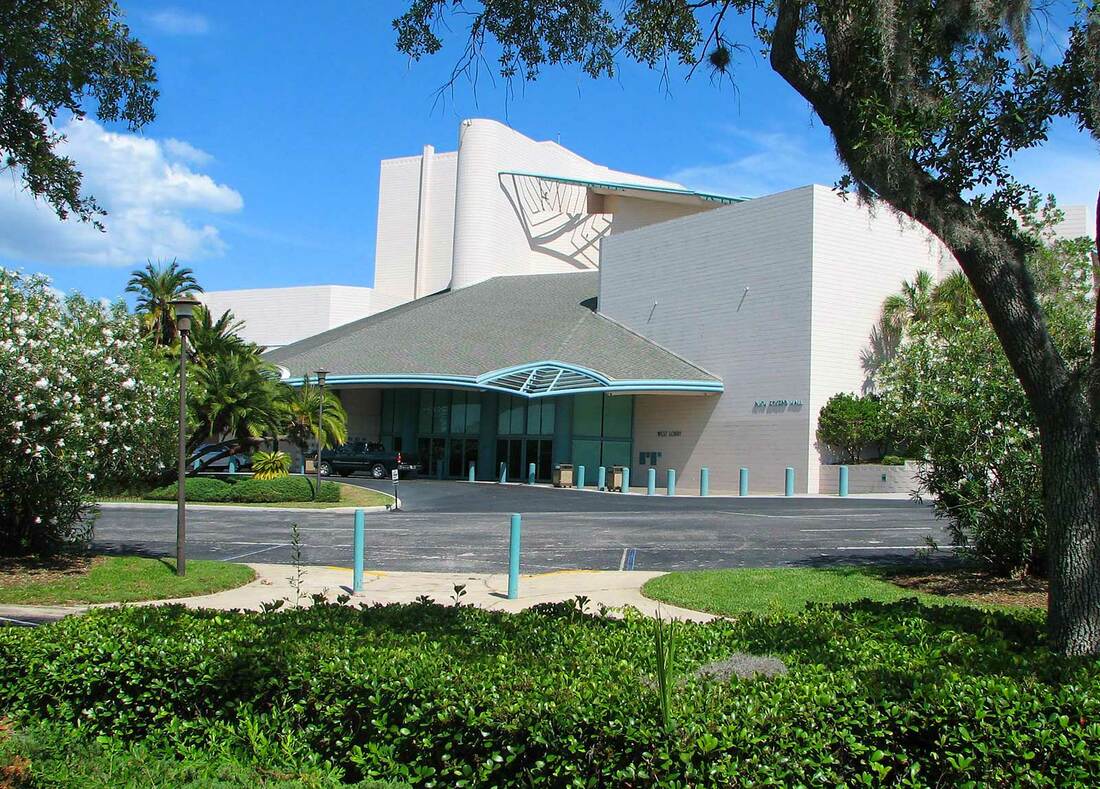

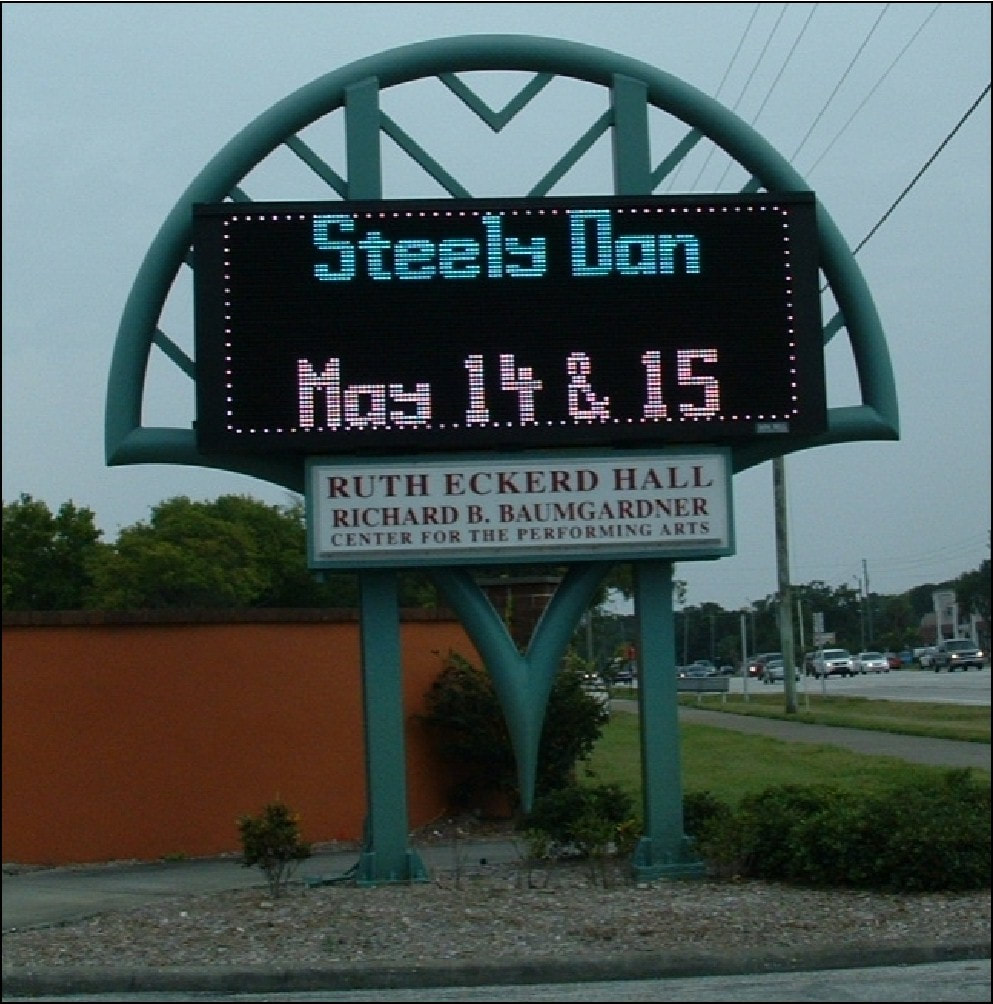
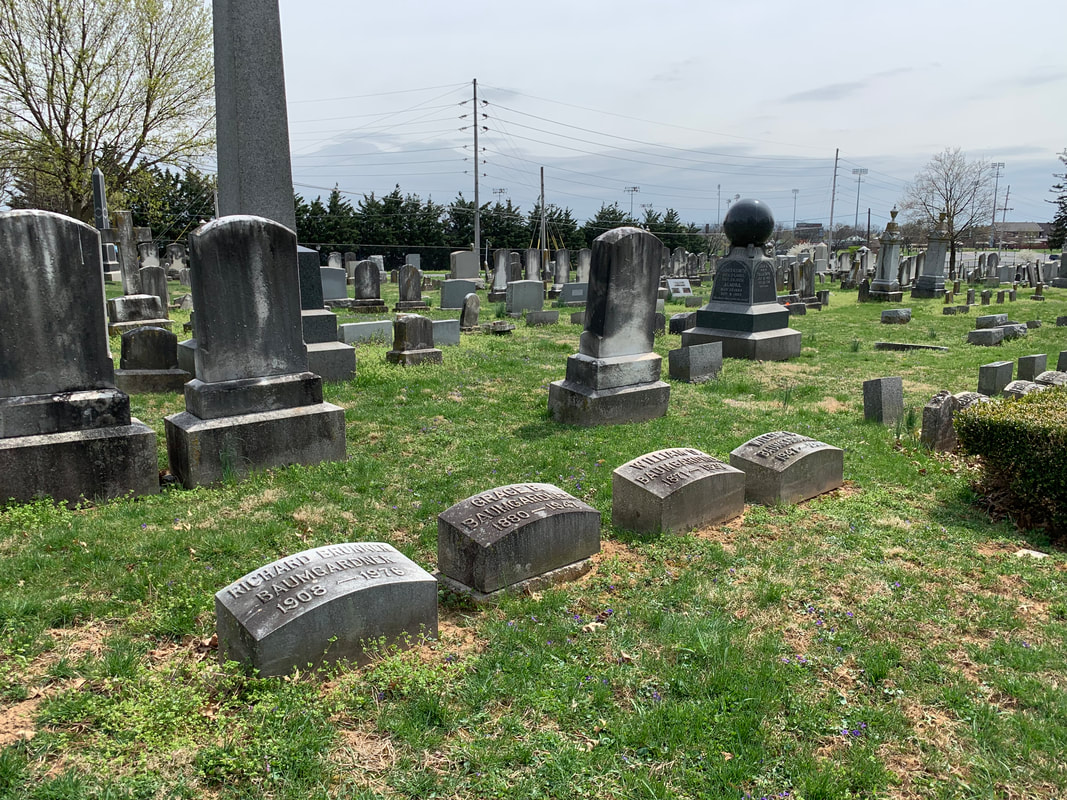
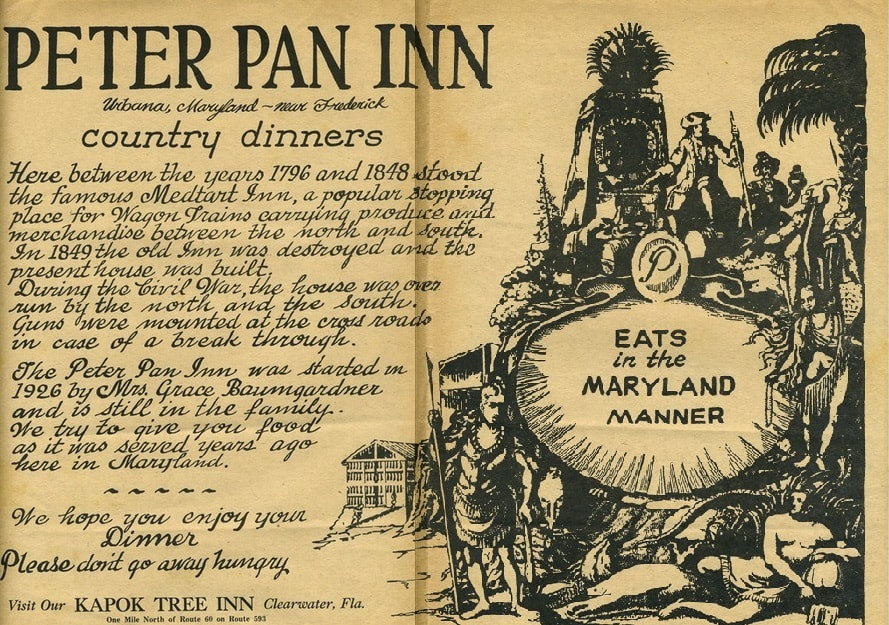
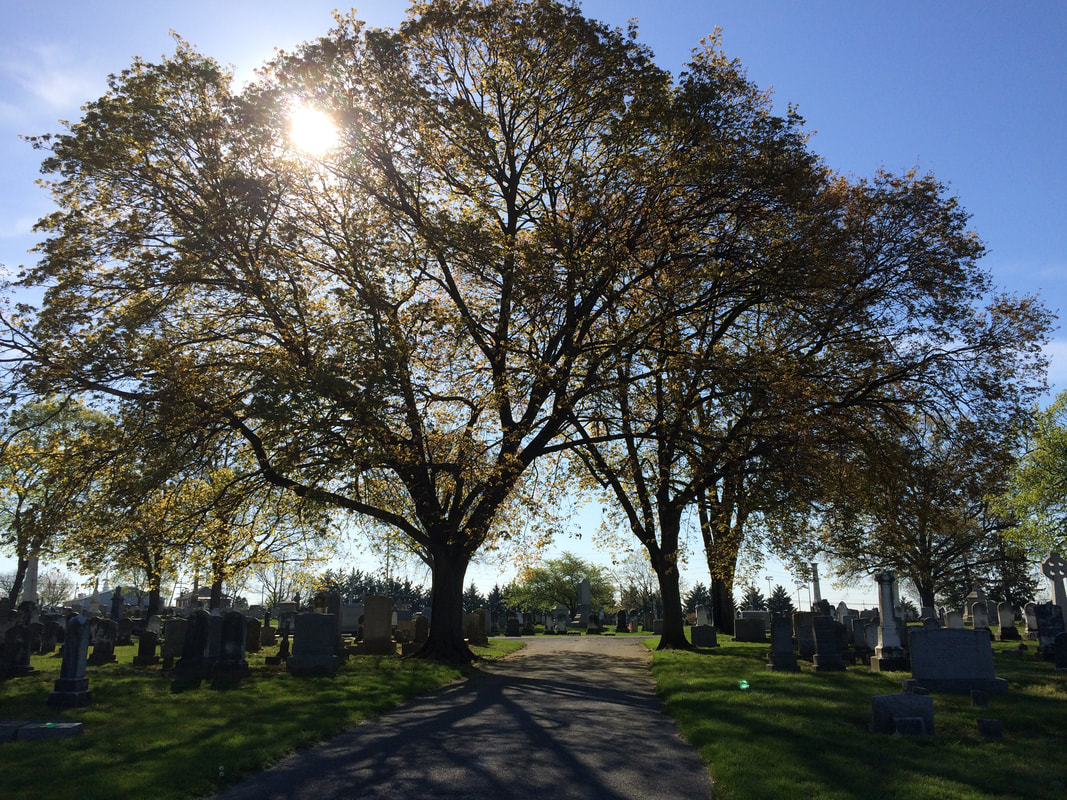
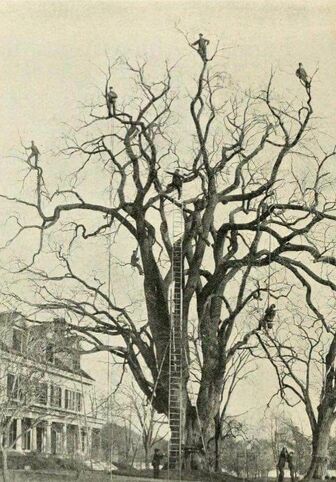
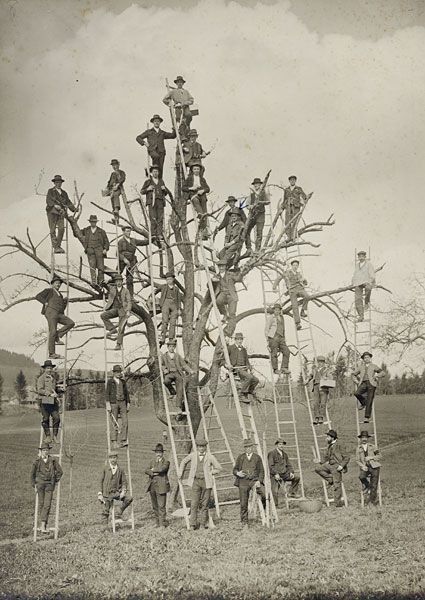
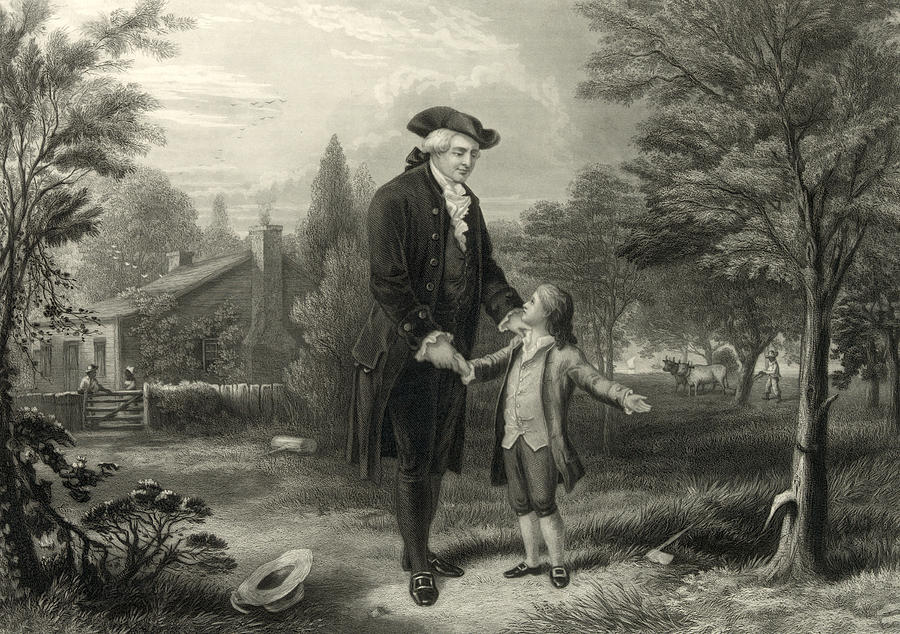
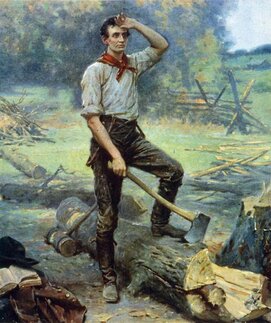
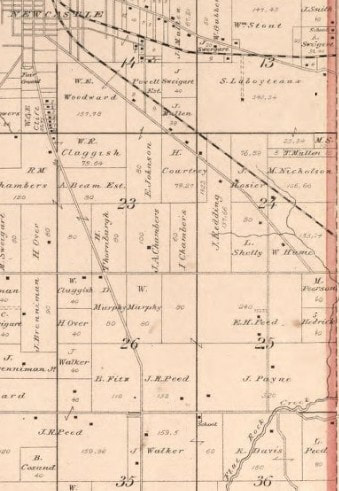
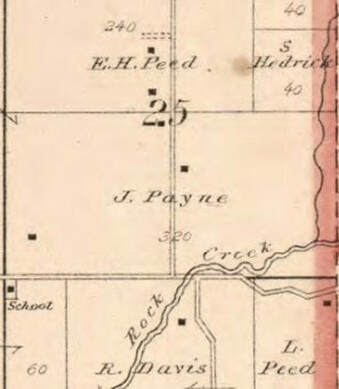
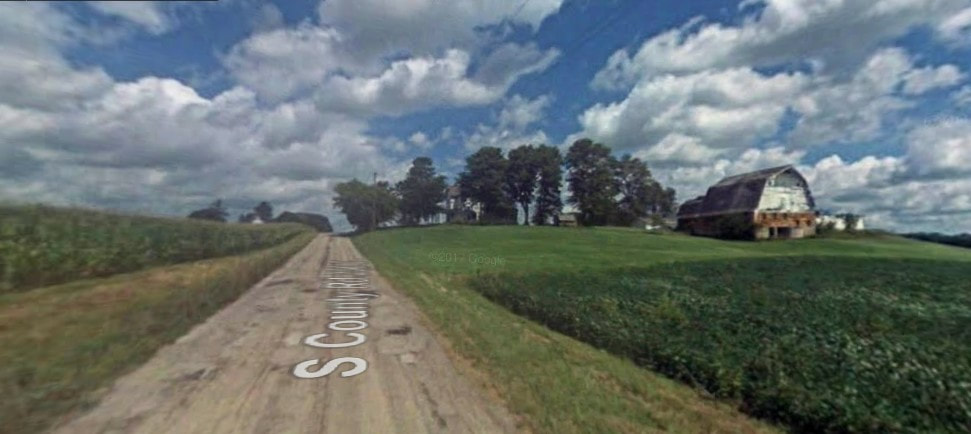


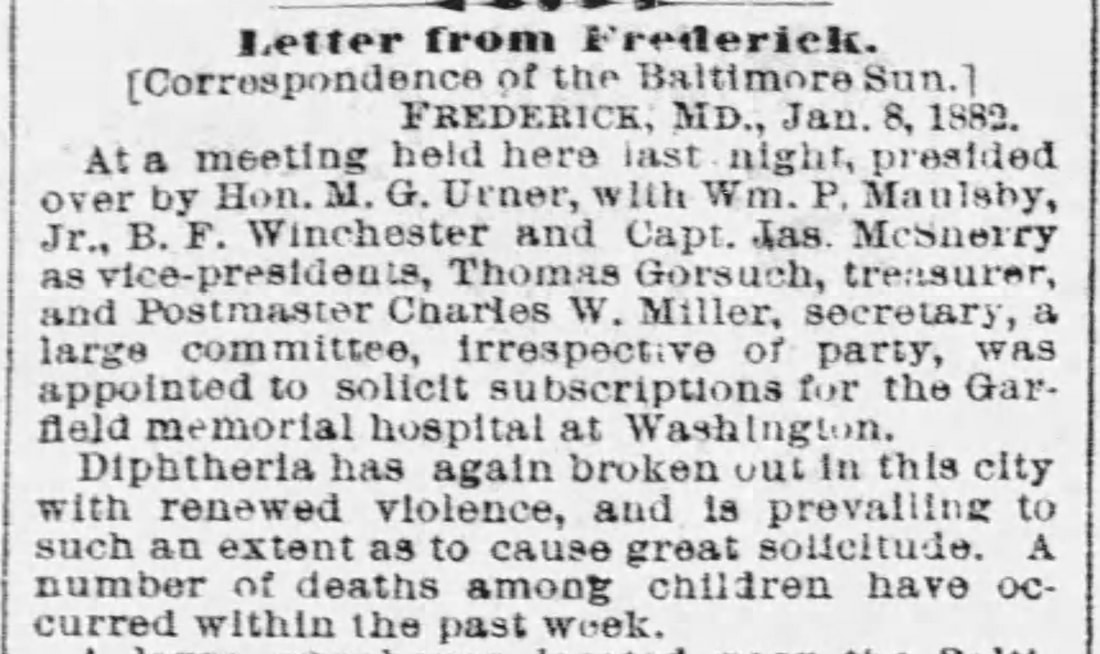
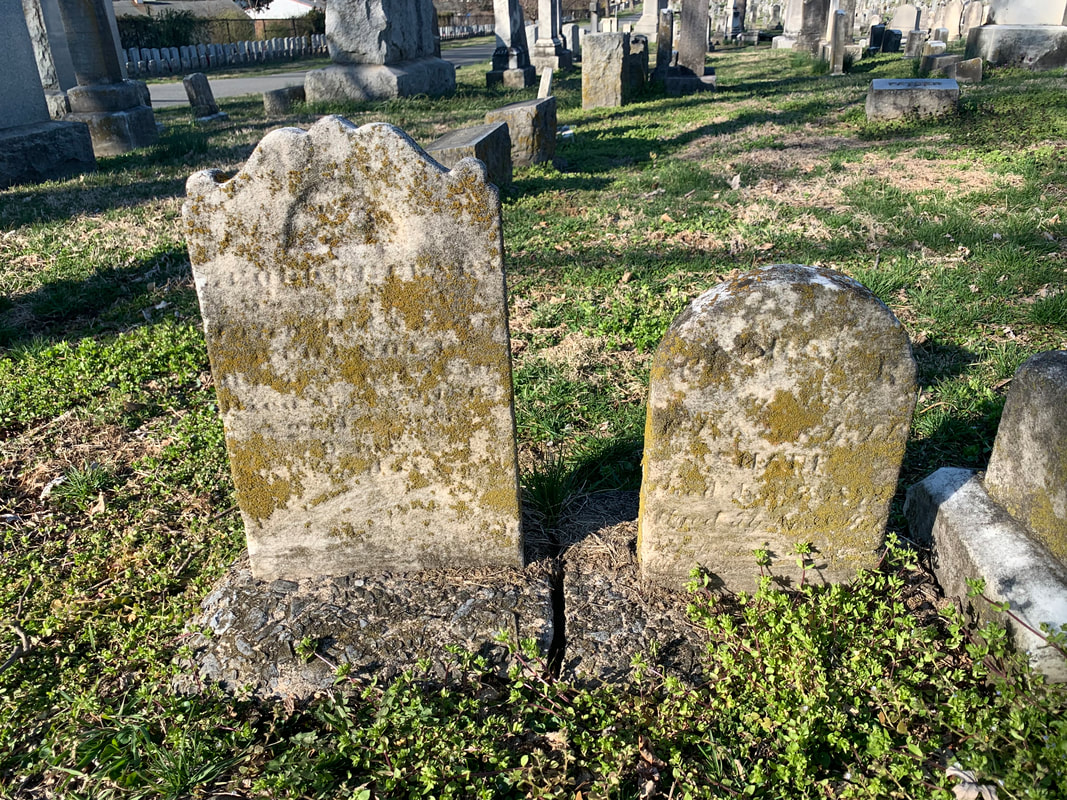
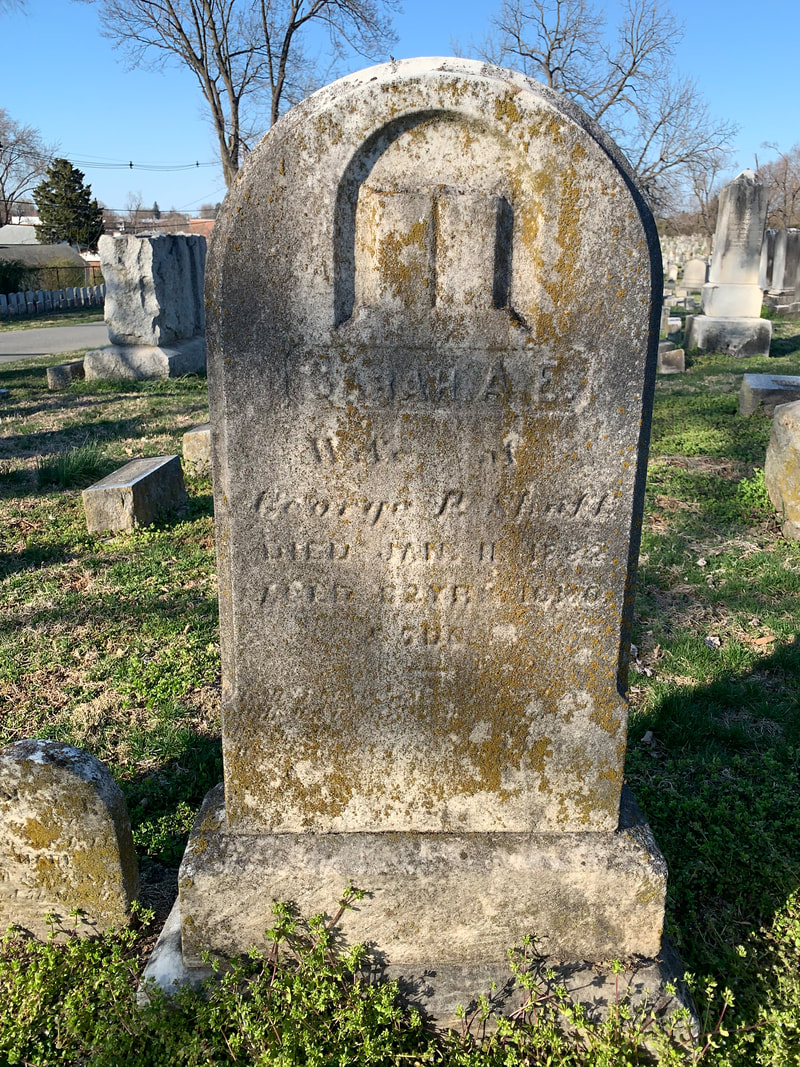
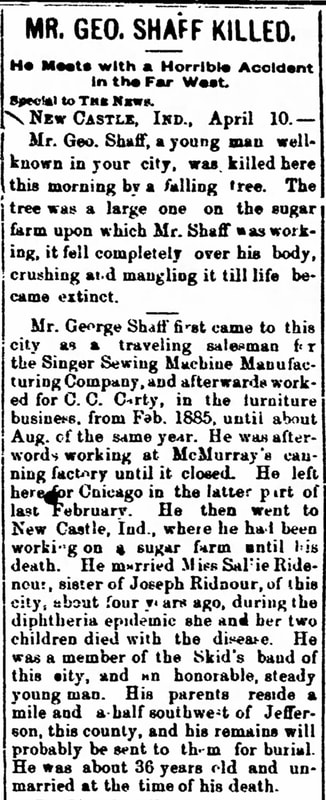

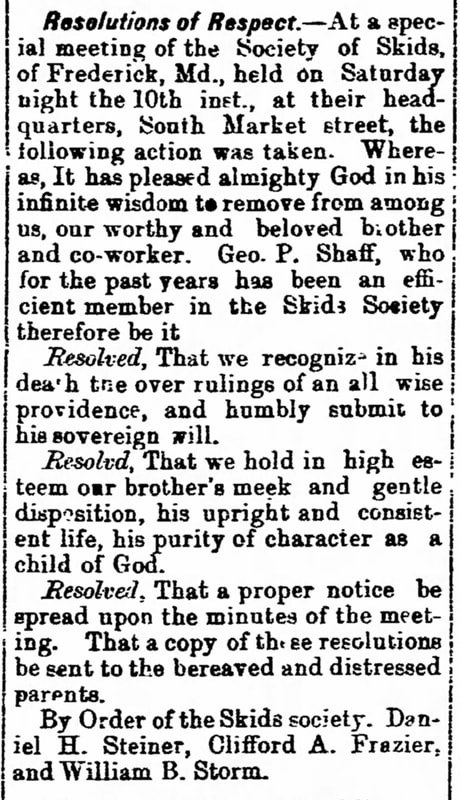
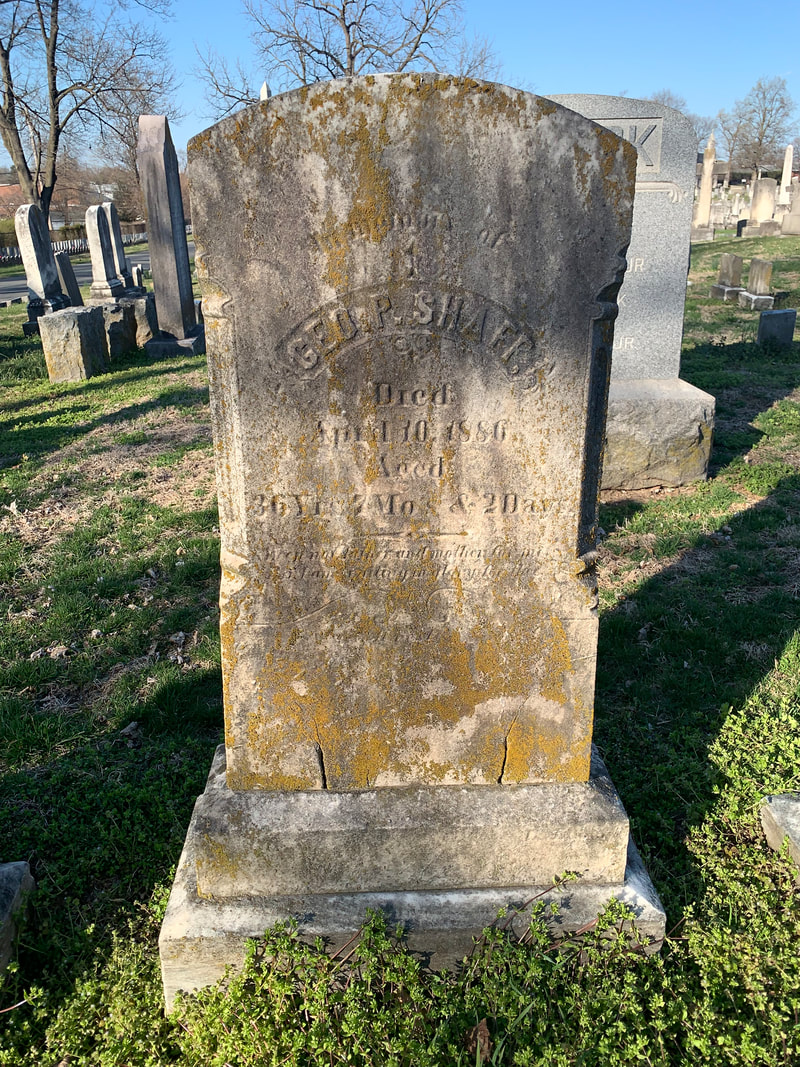

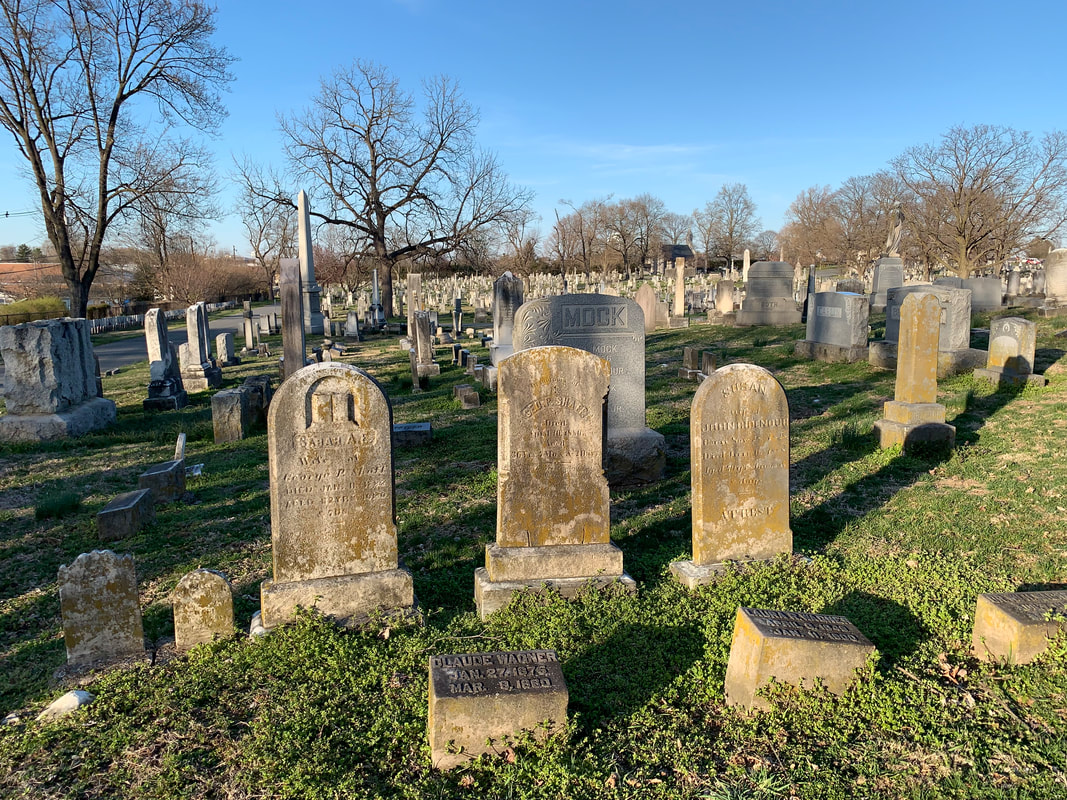

 RSS Feed
RSS Feed